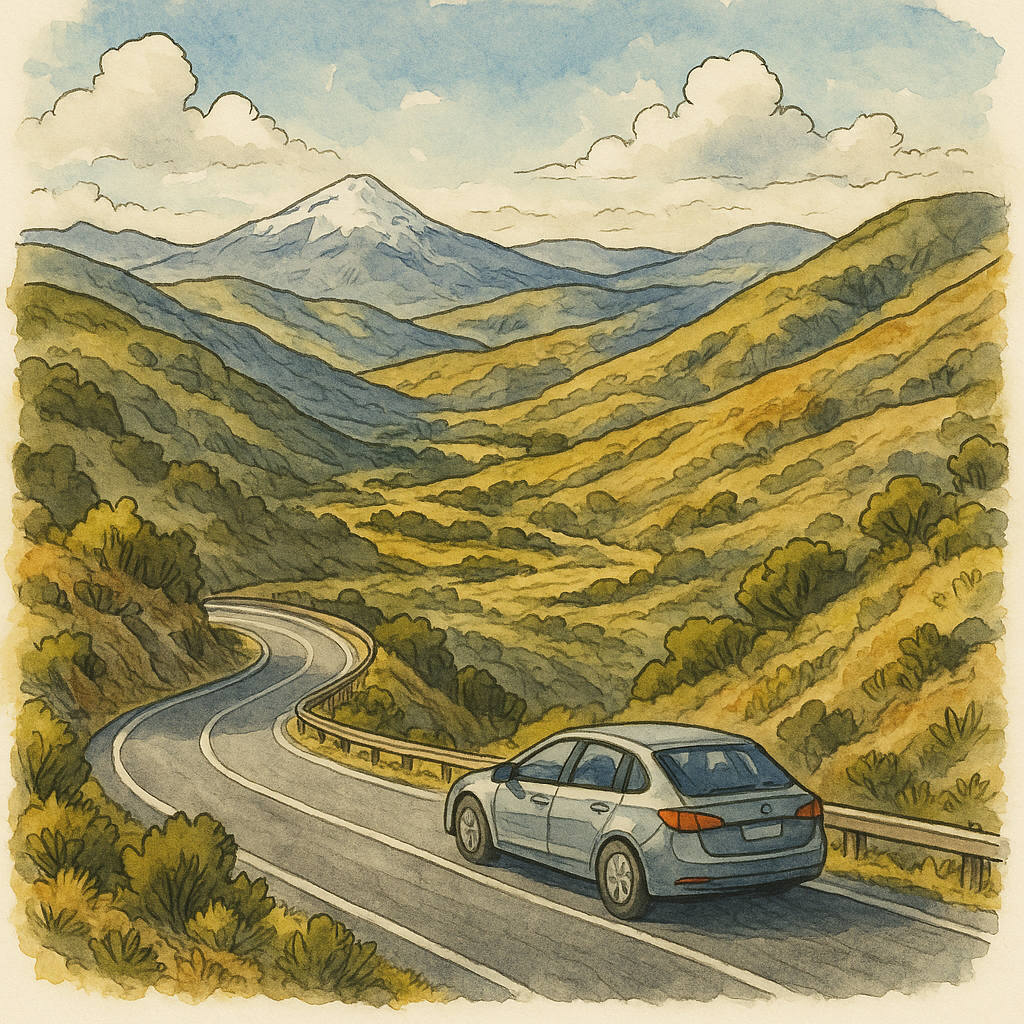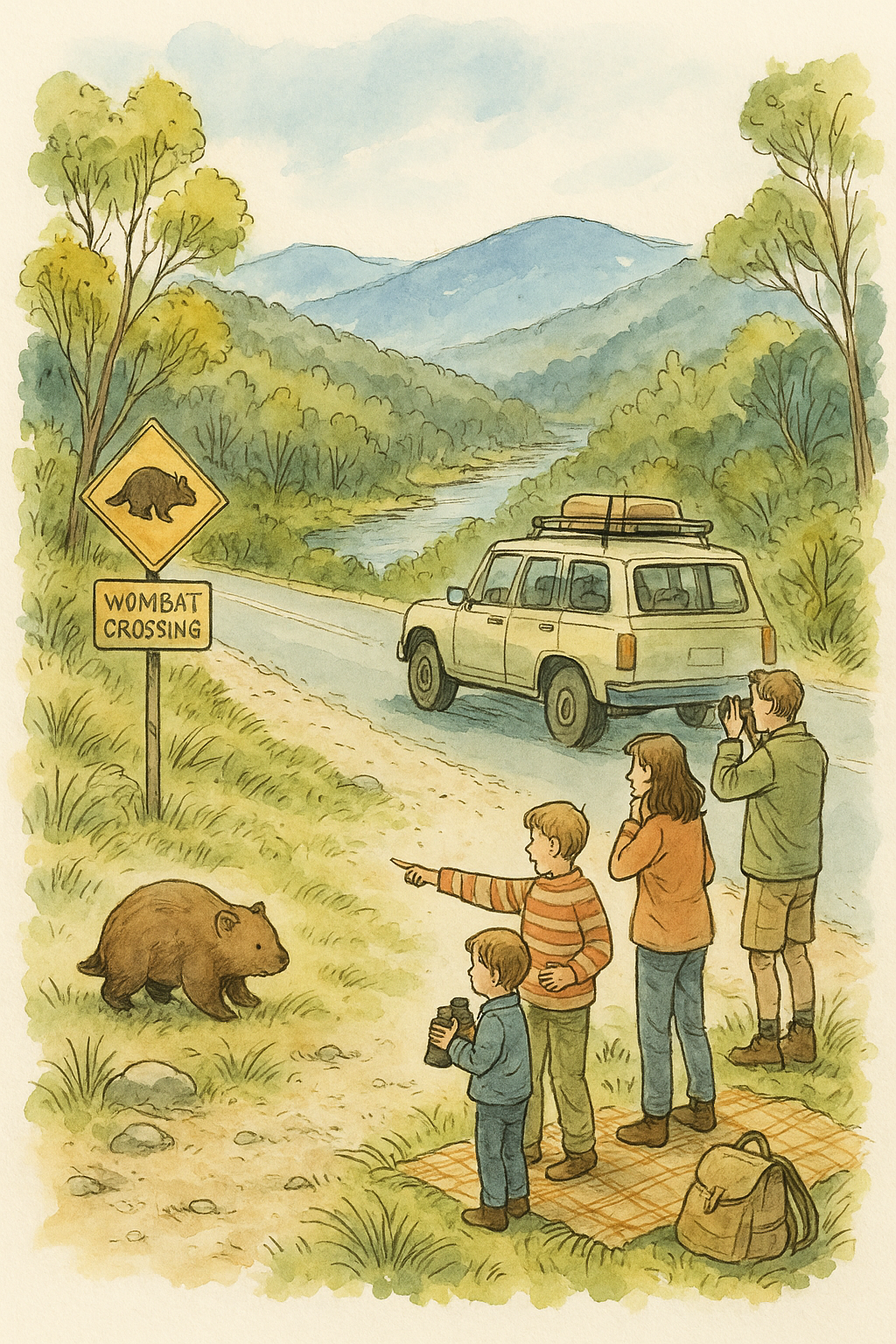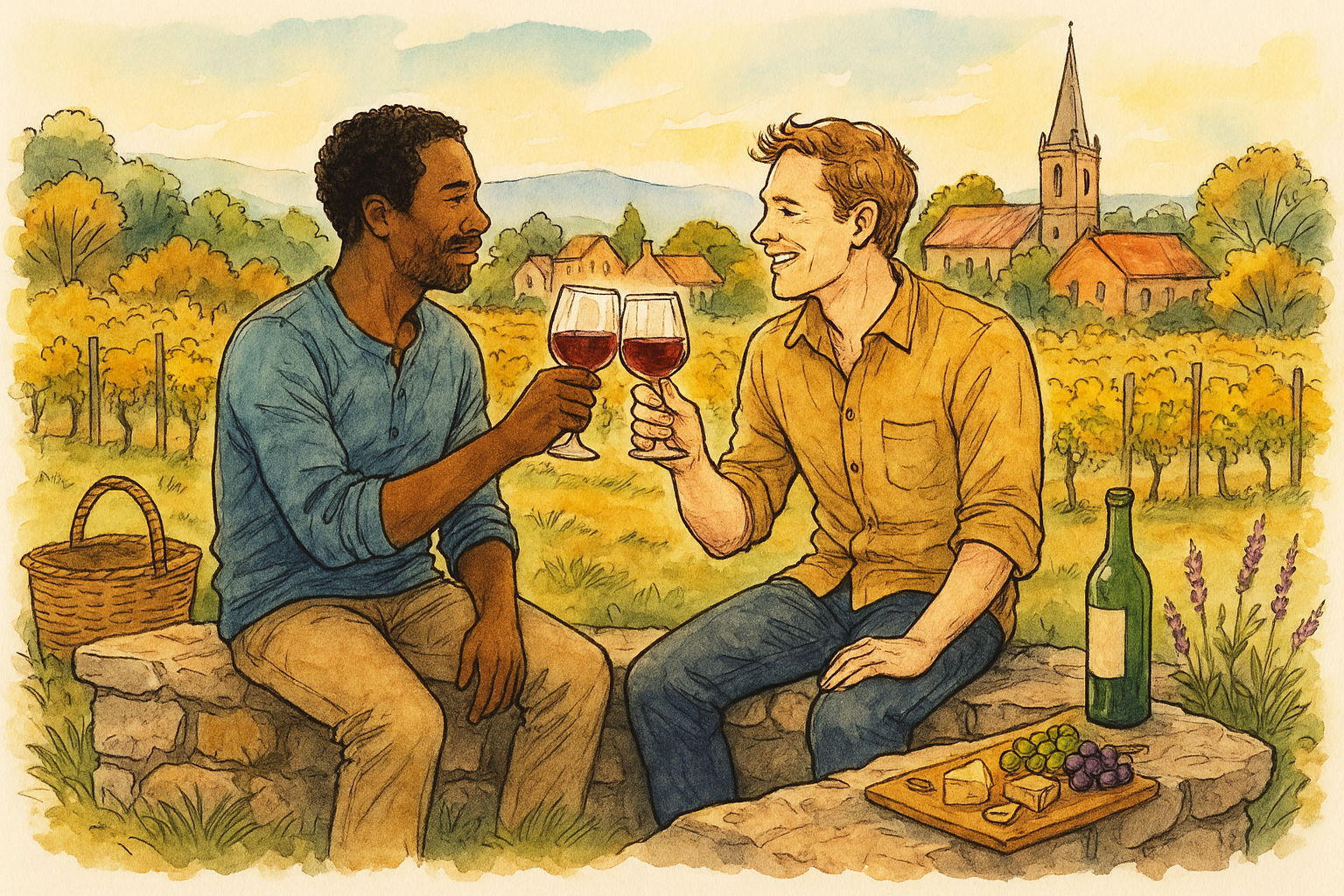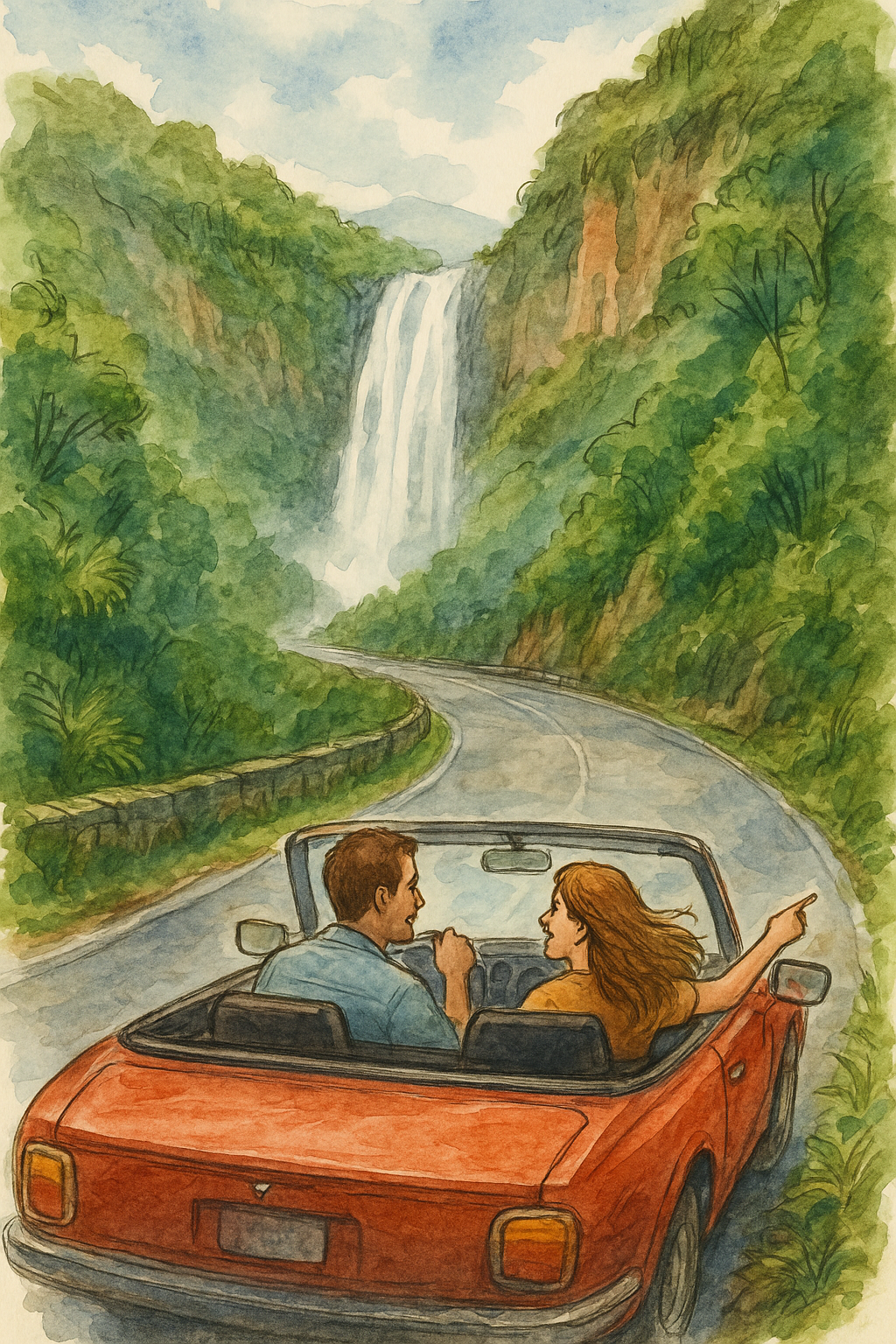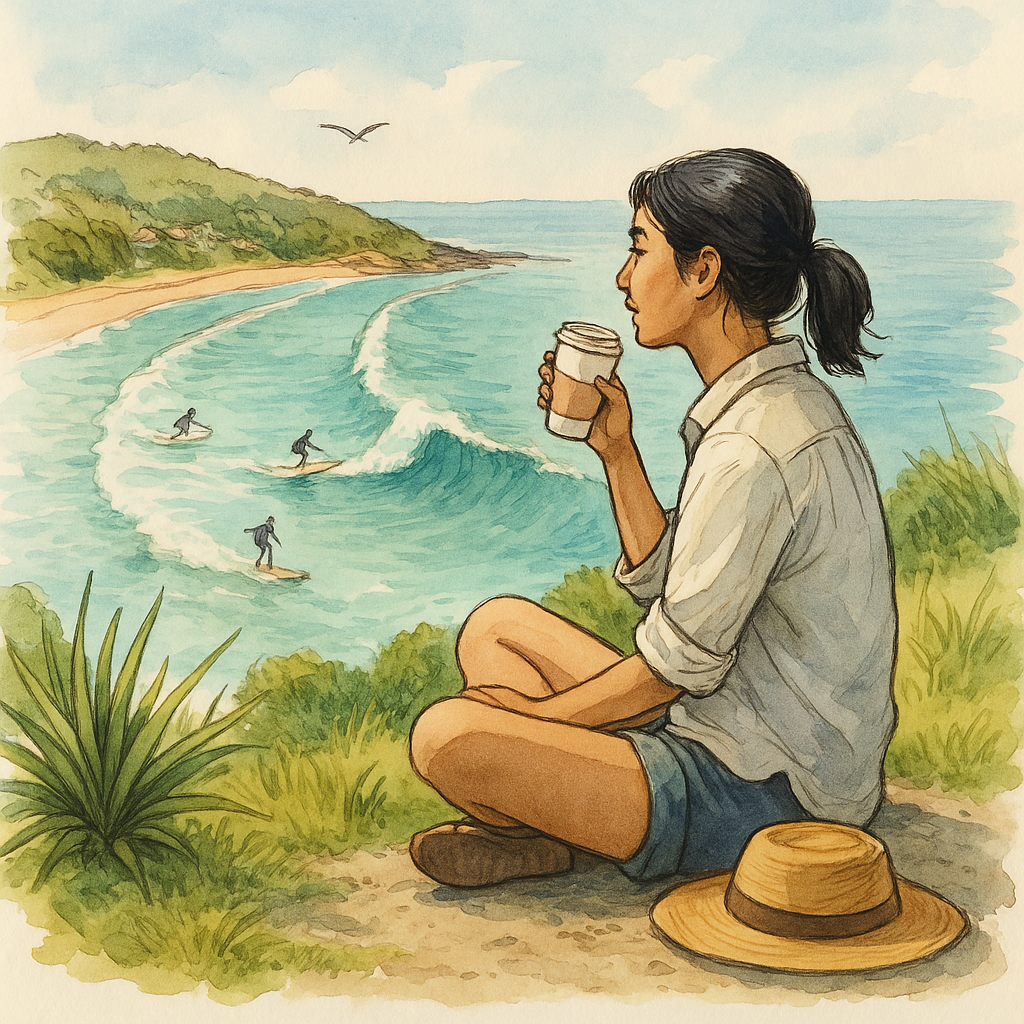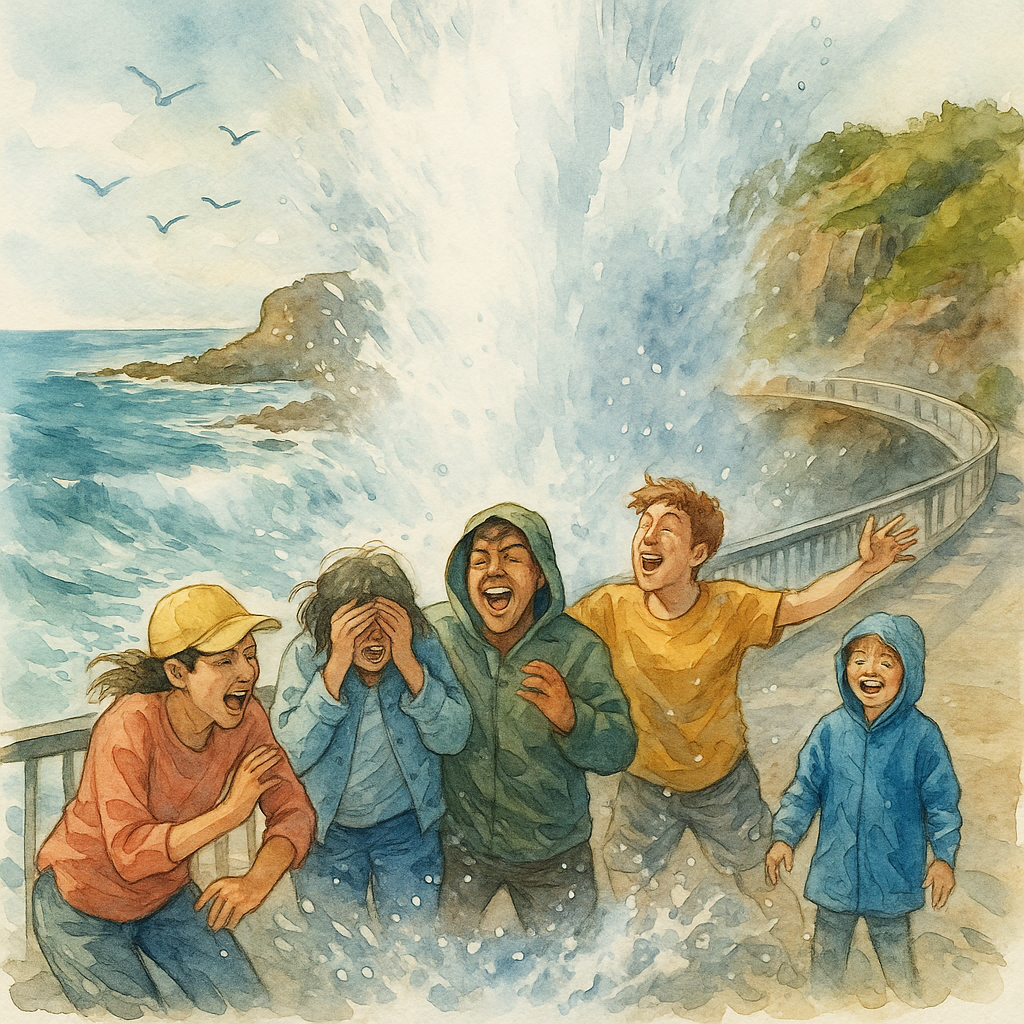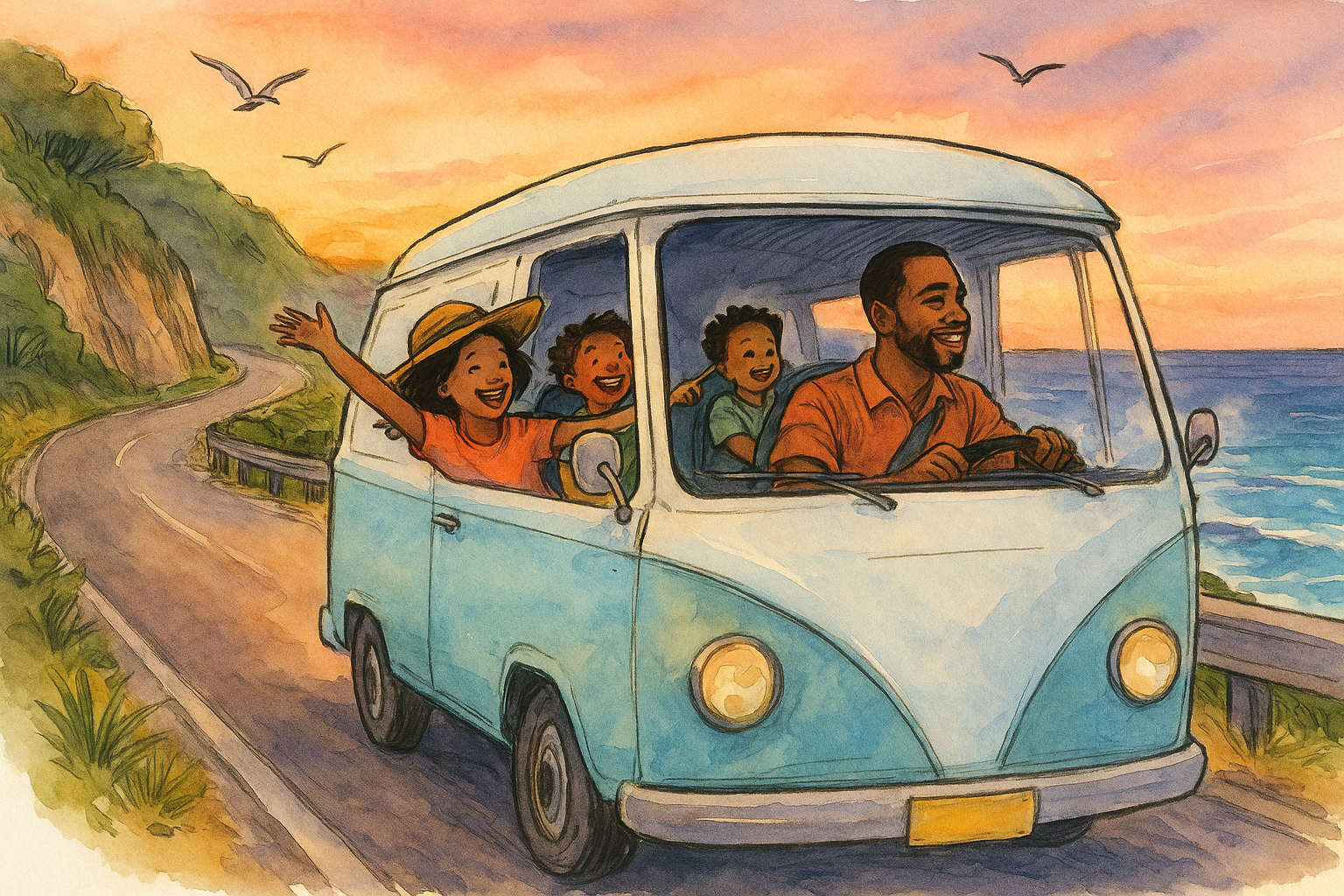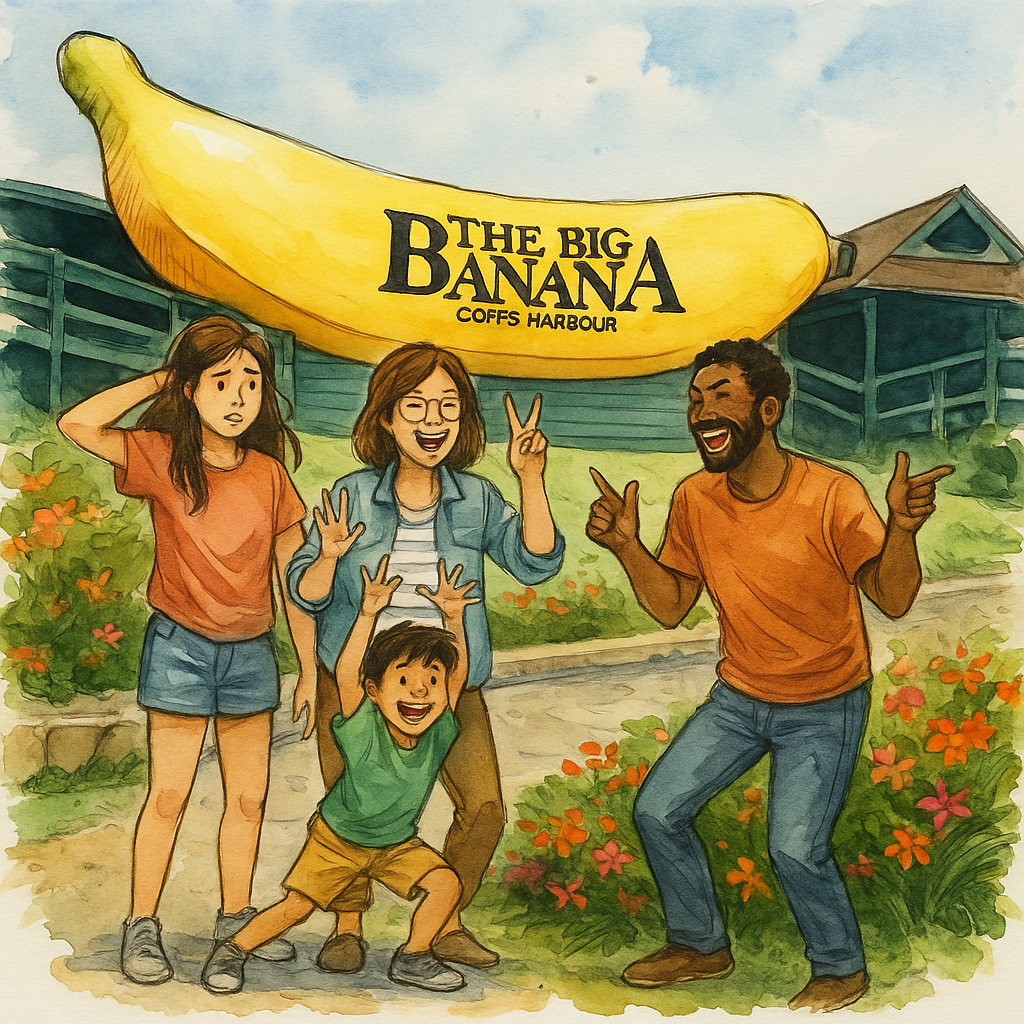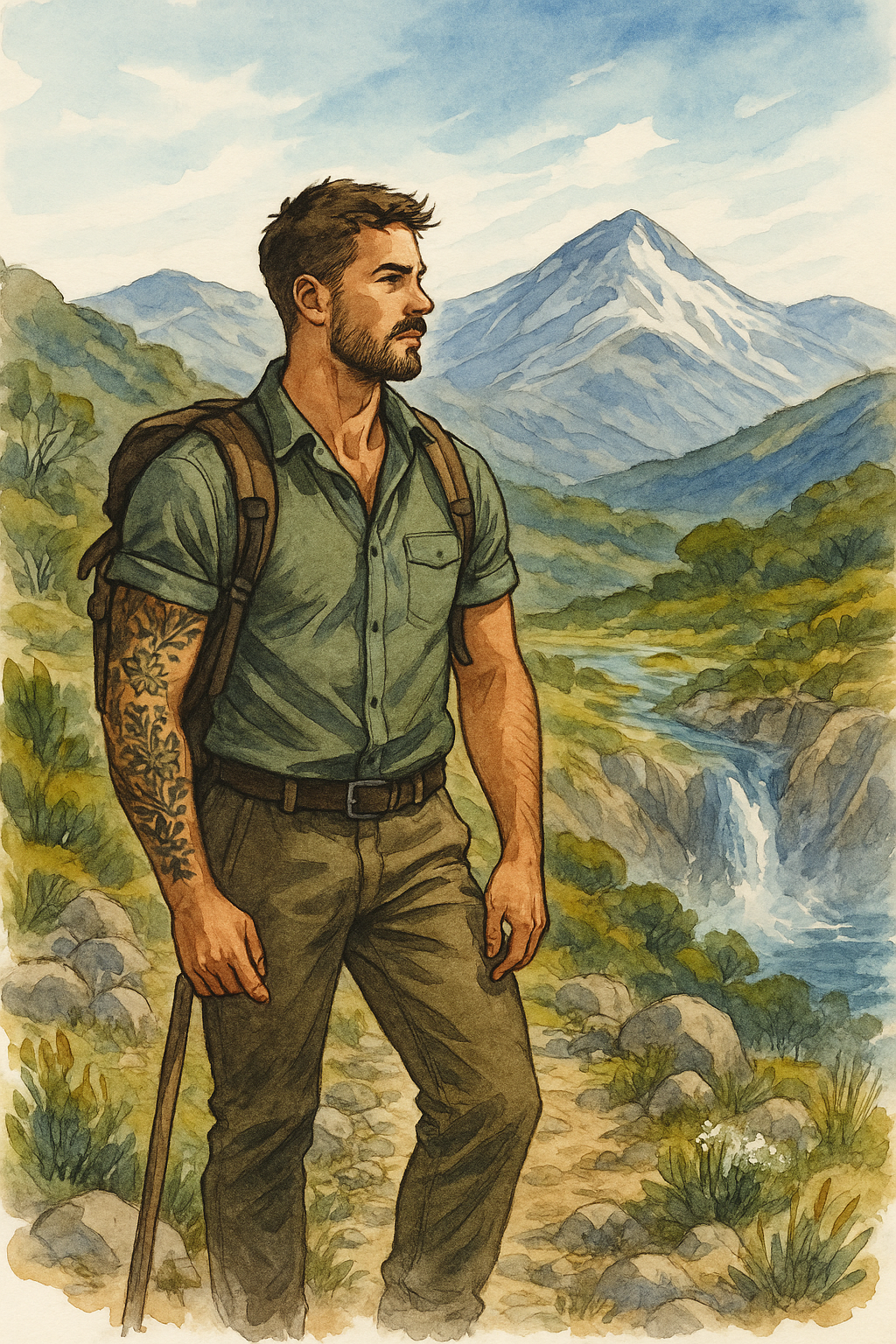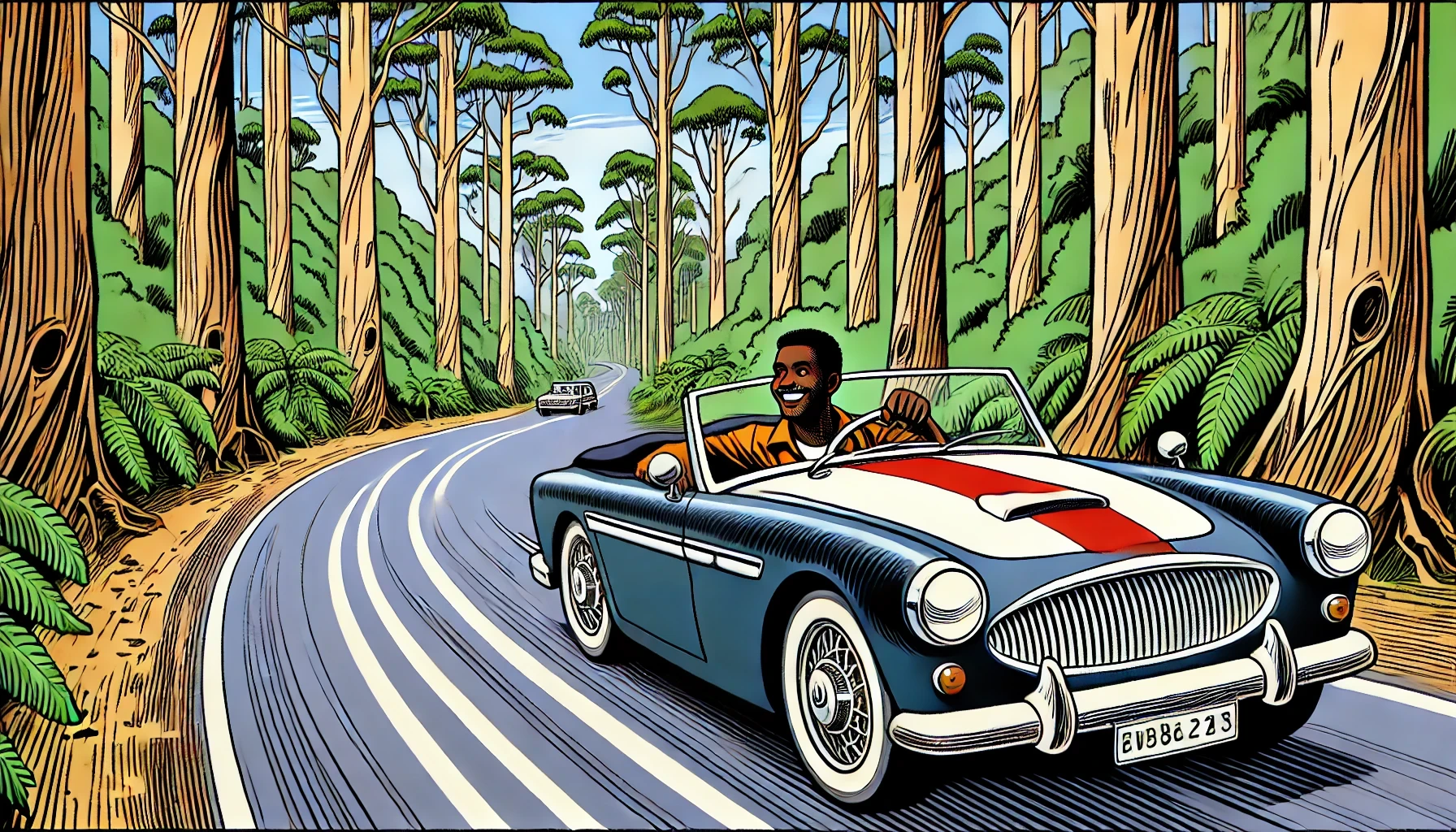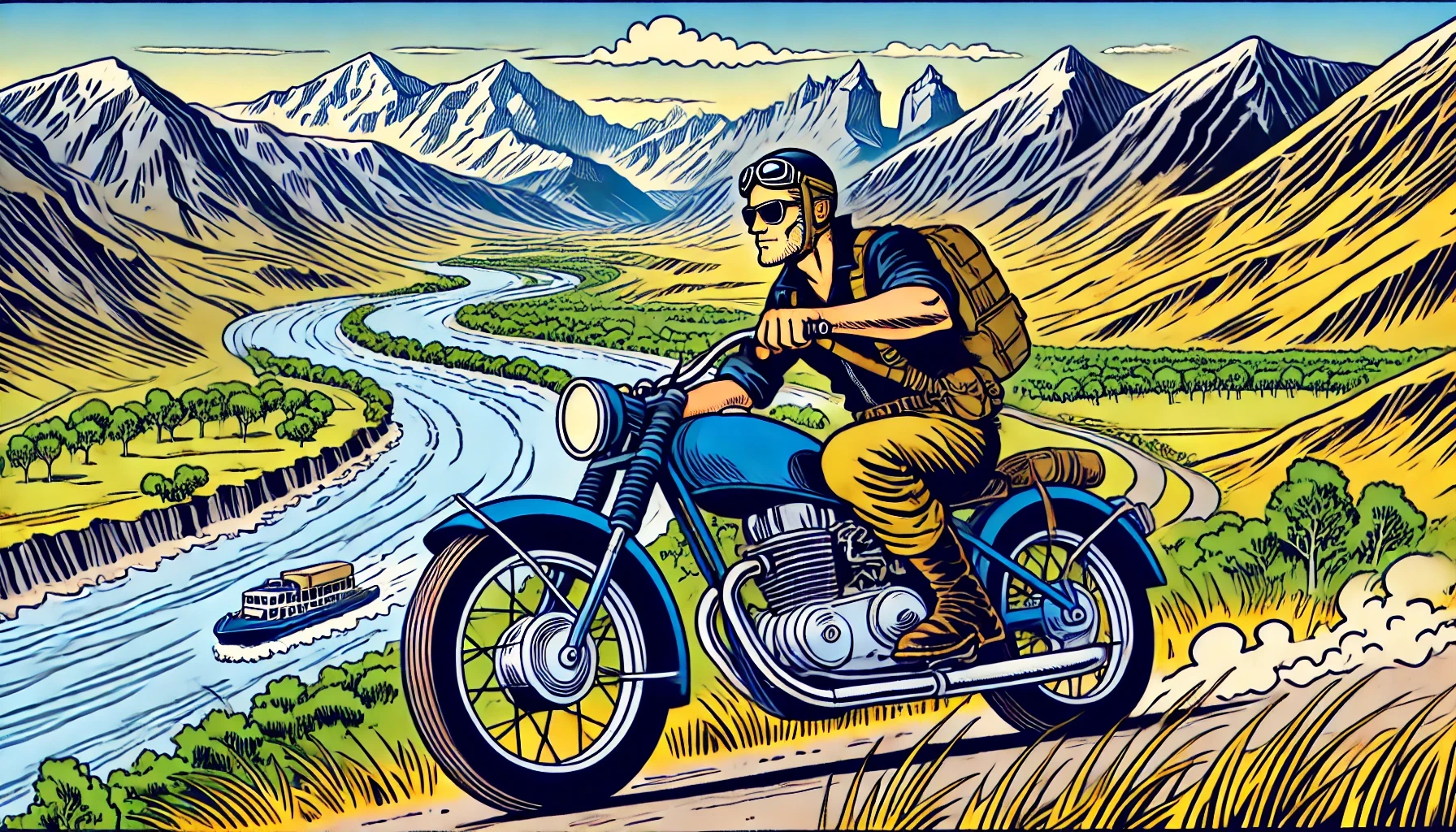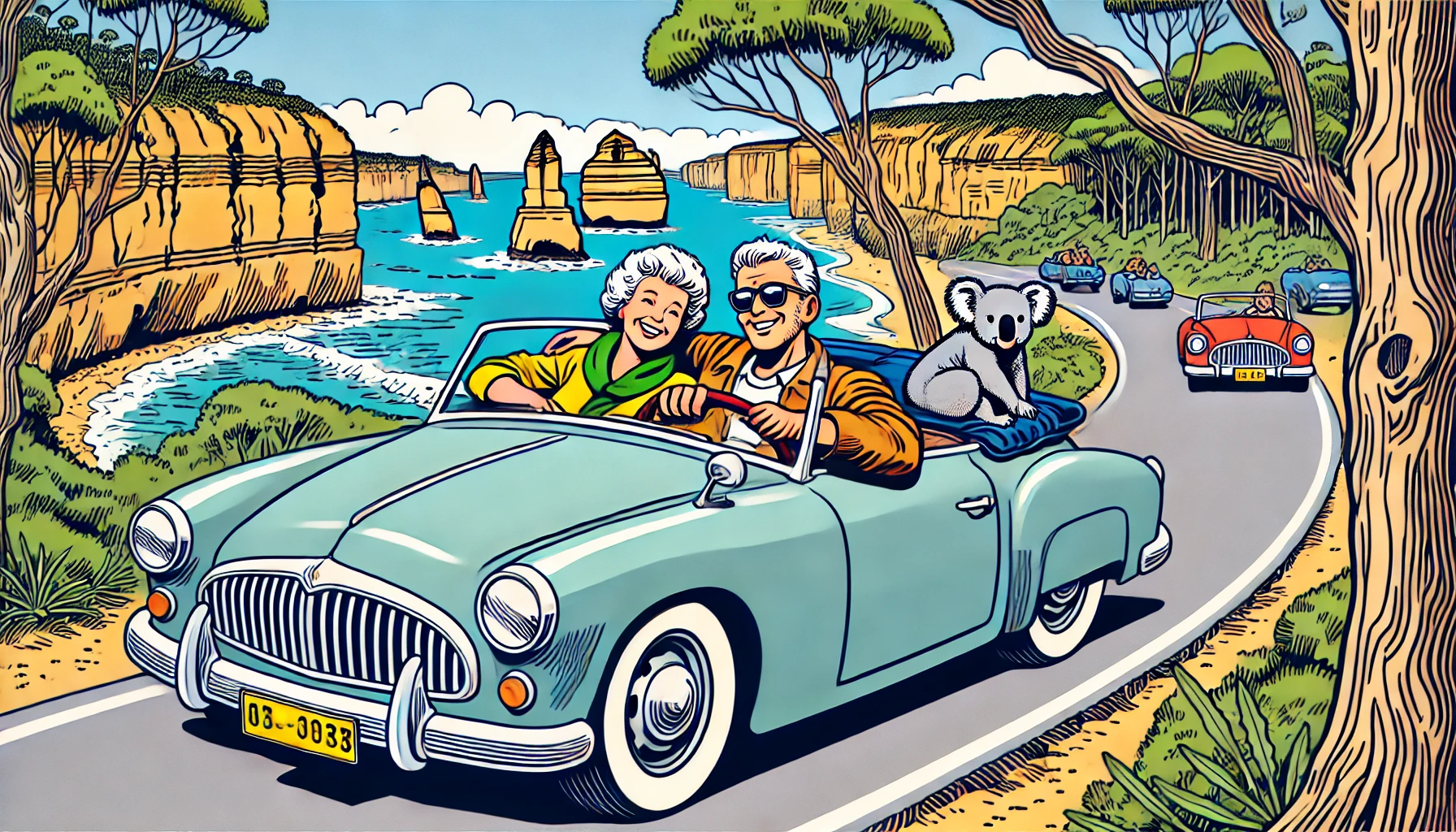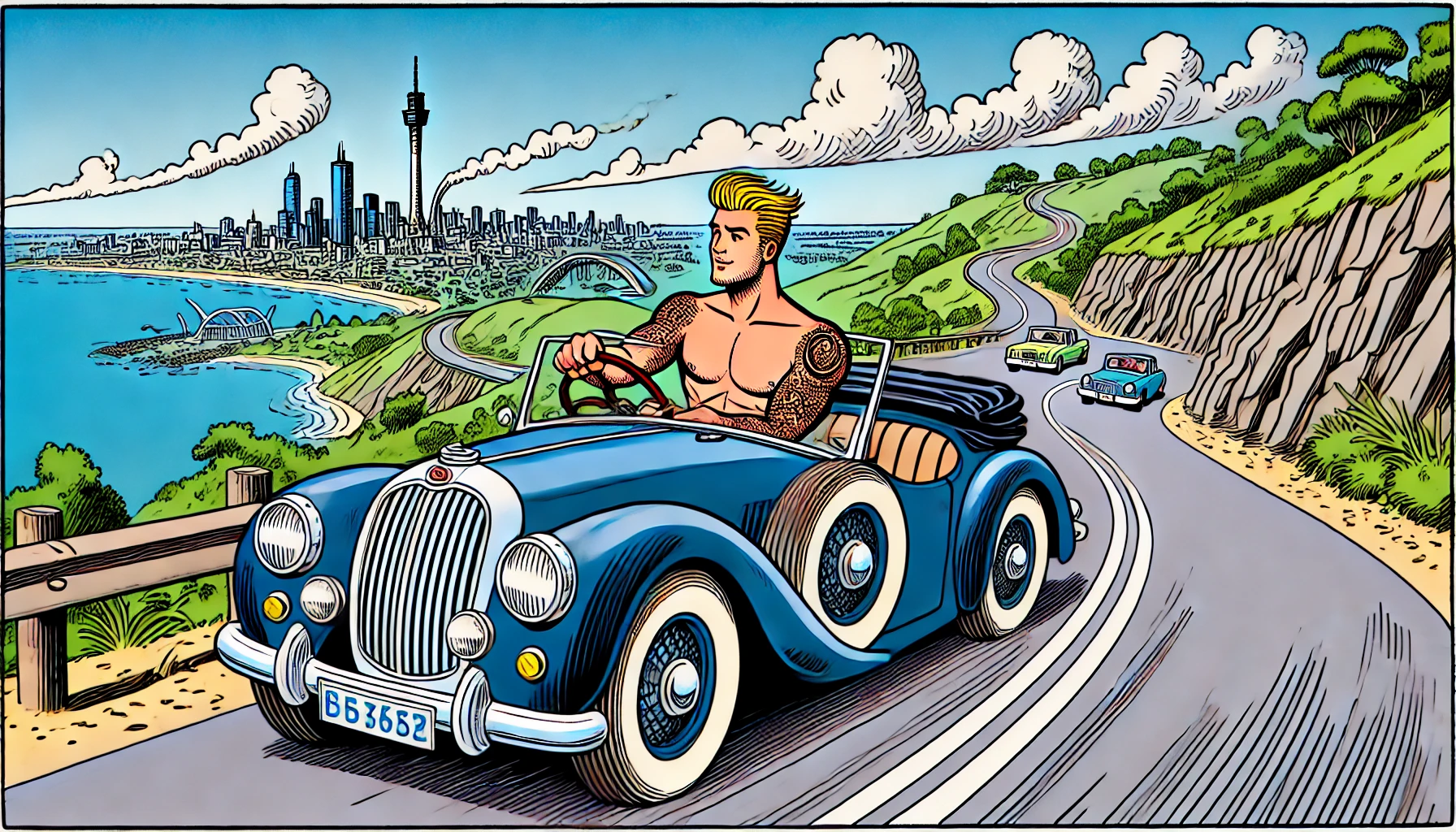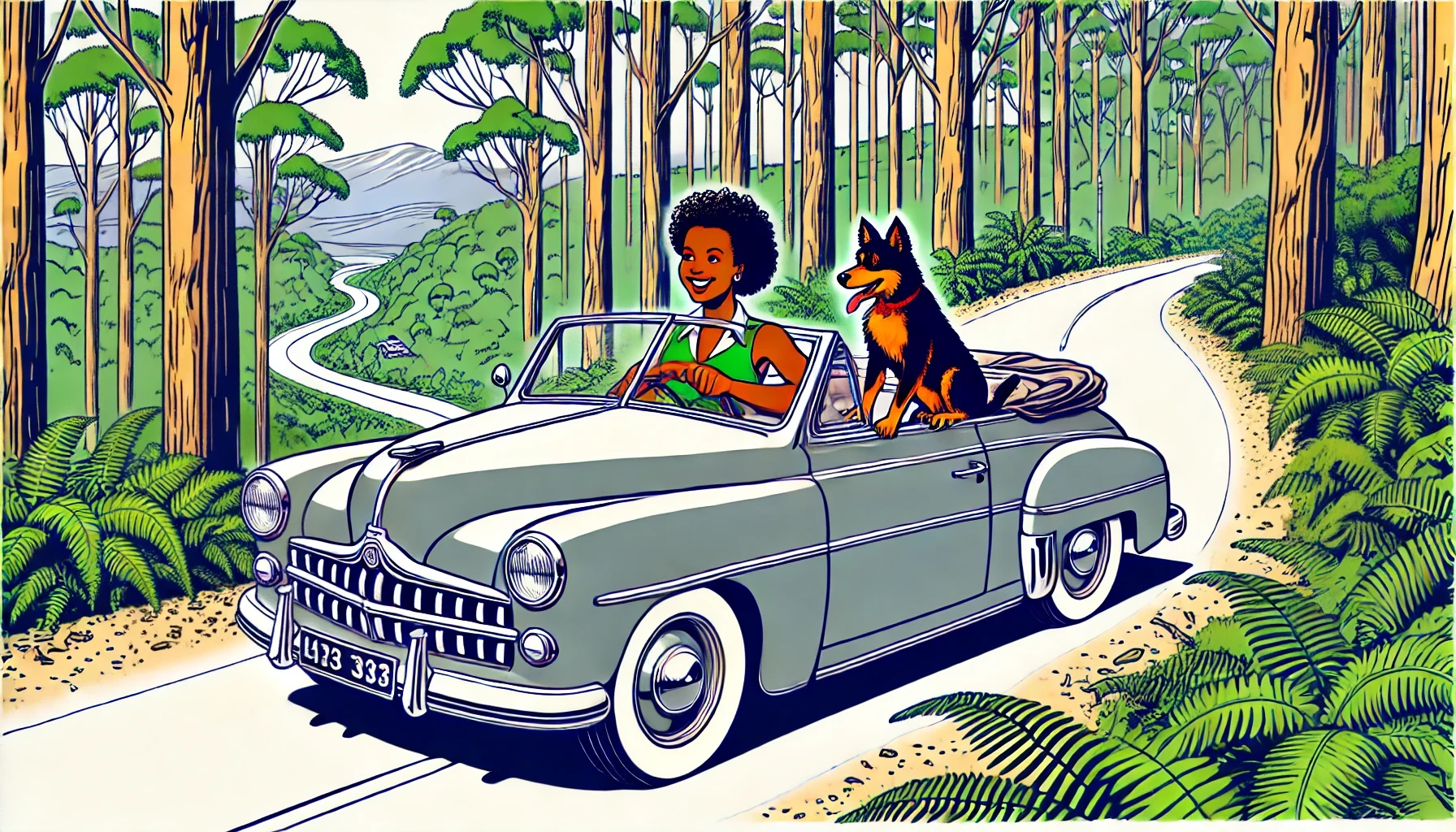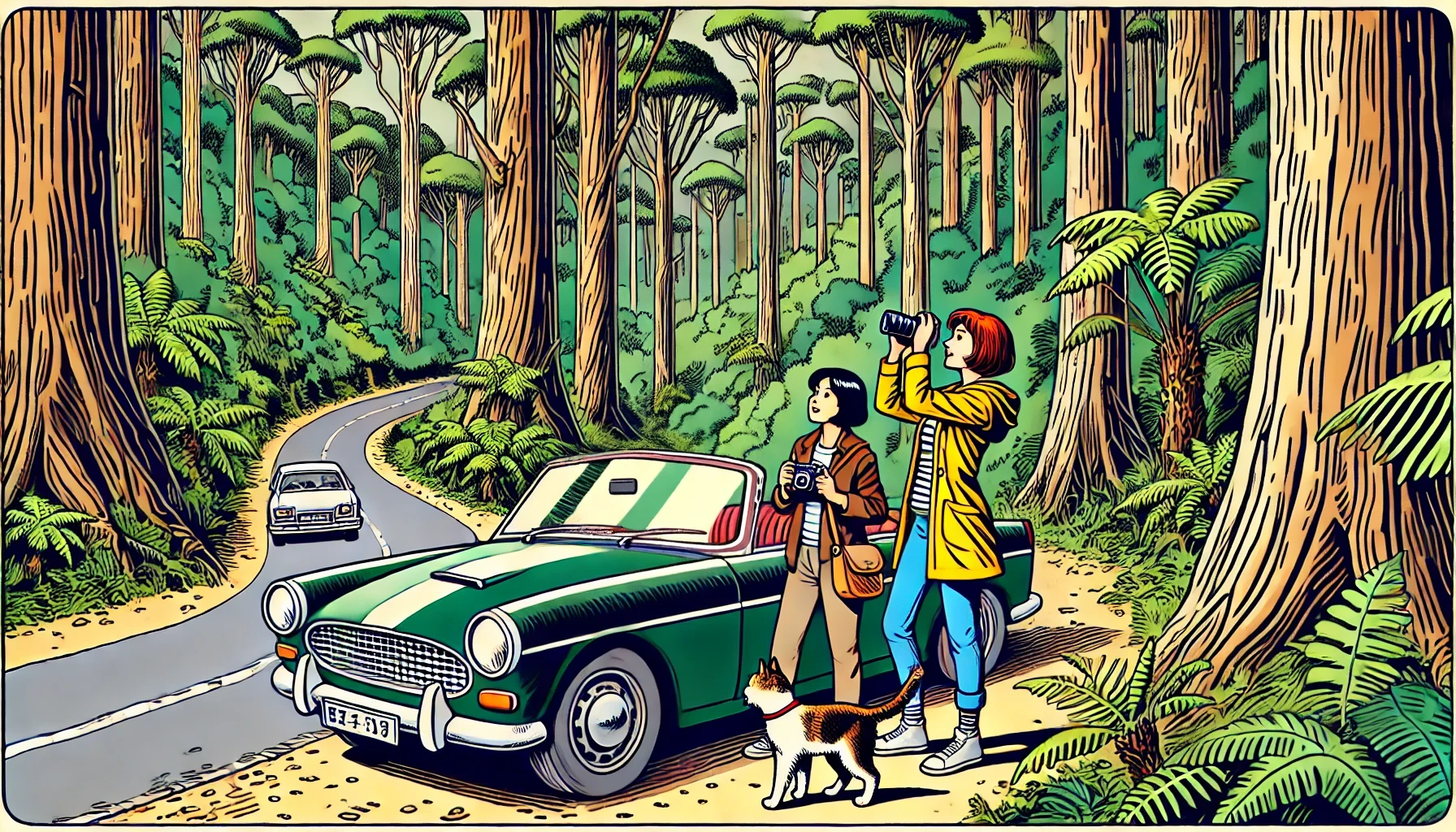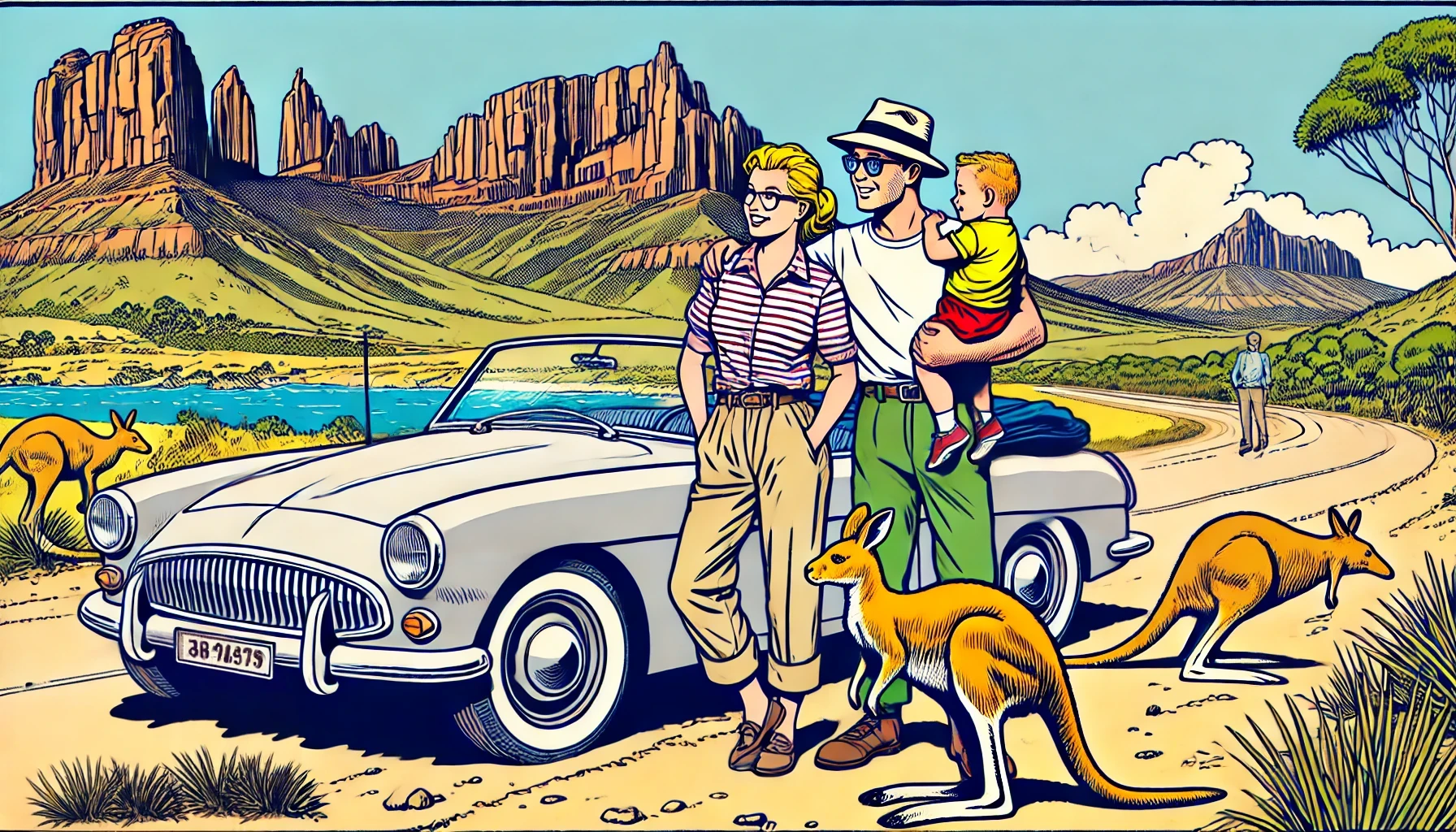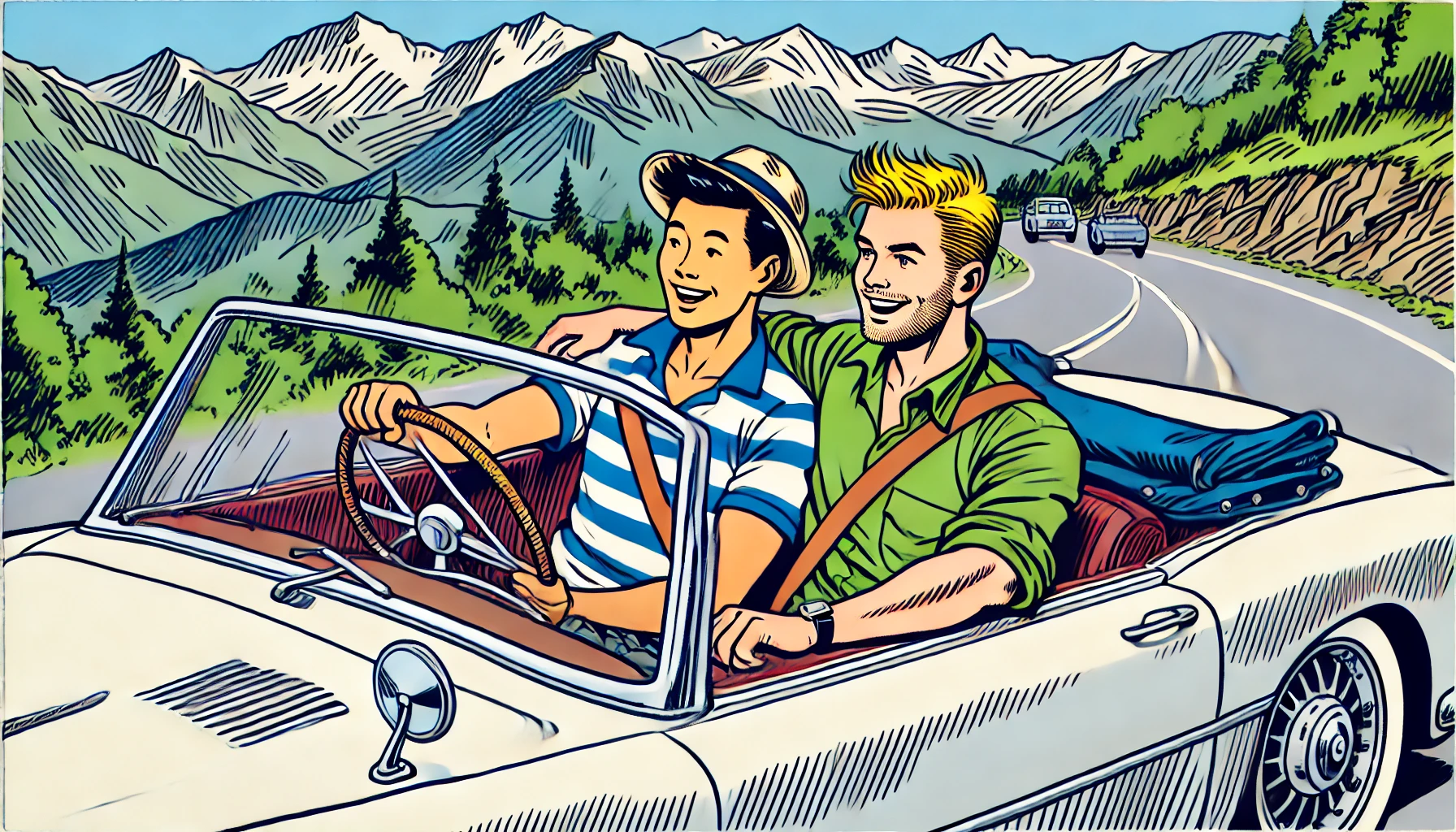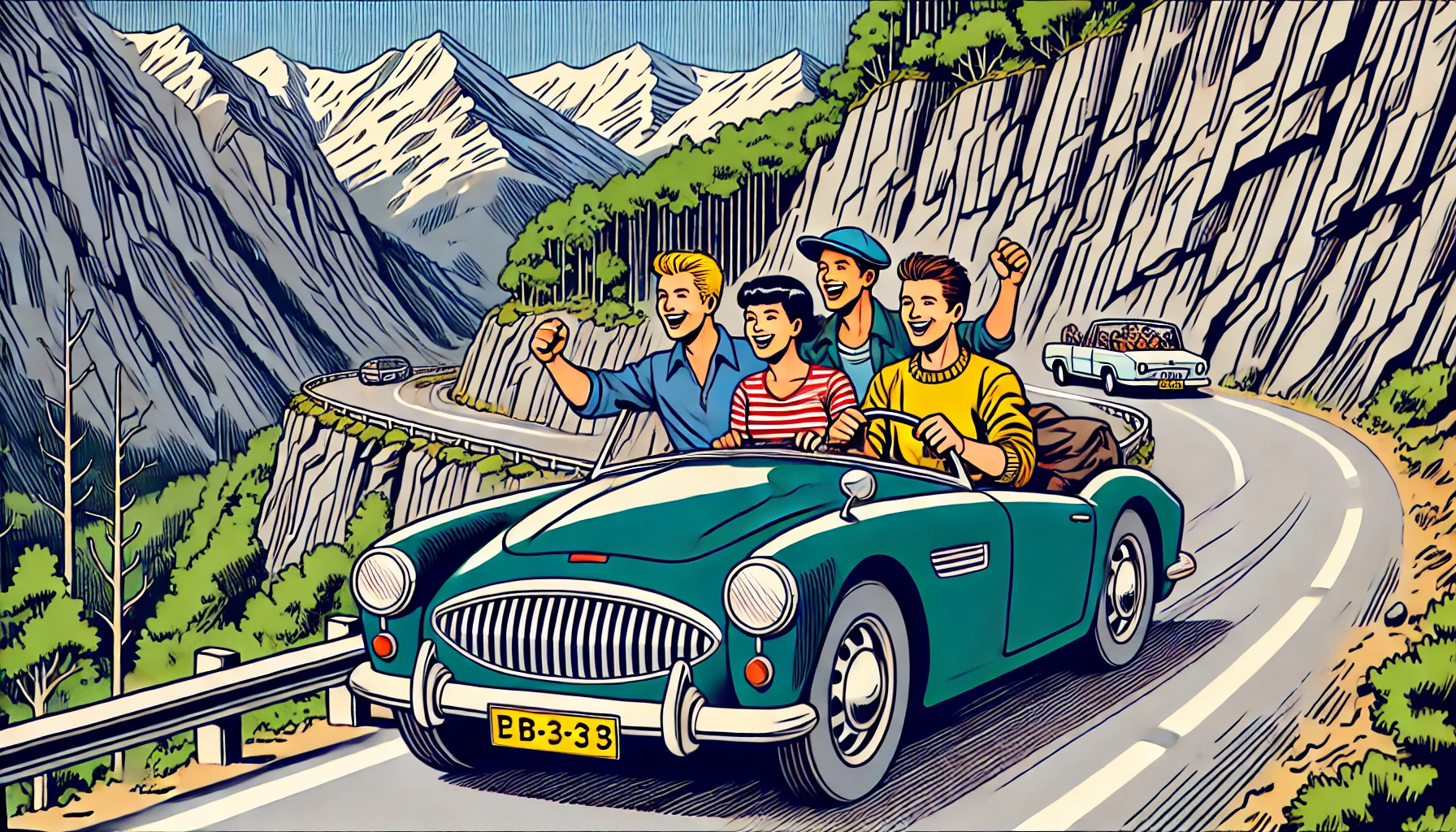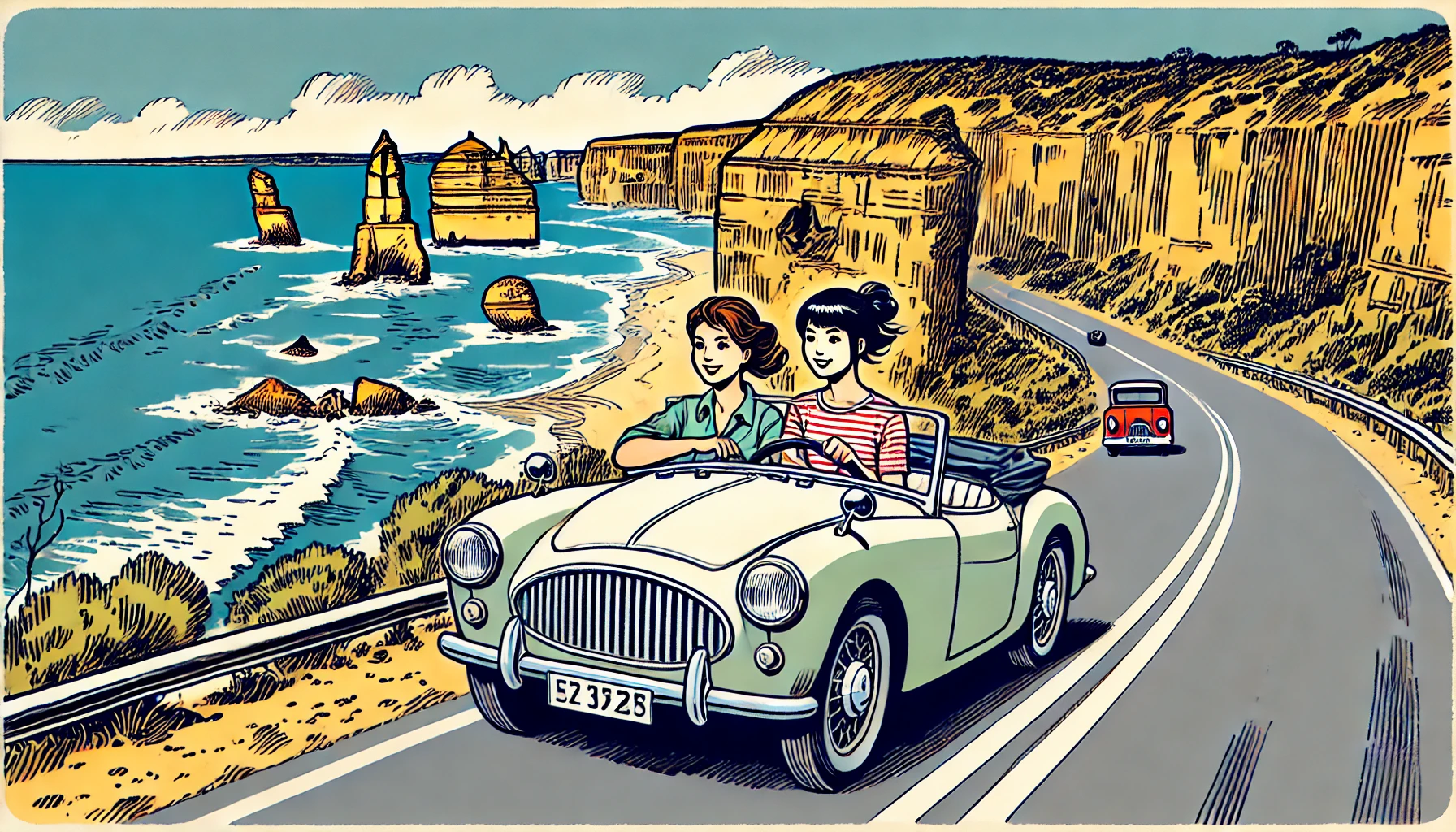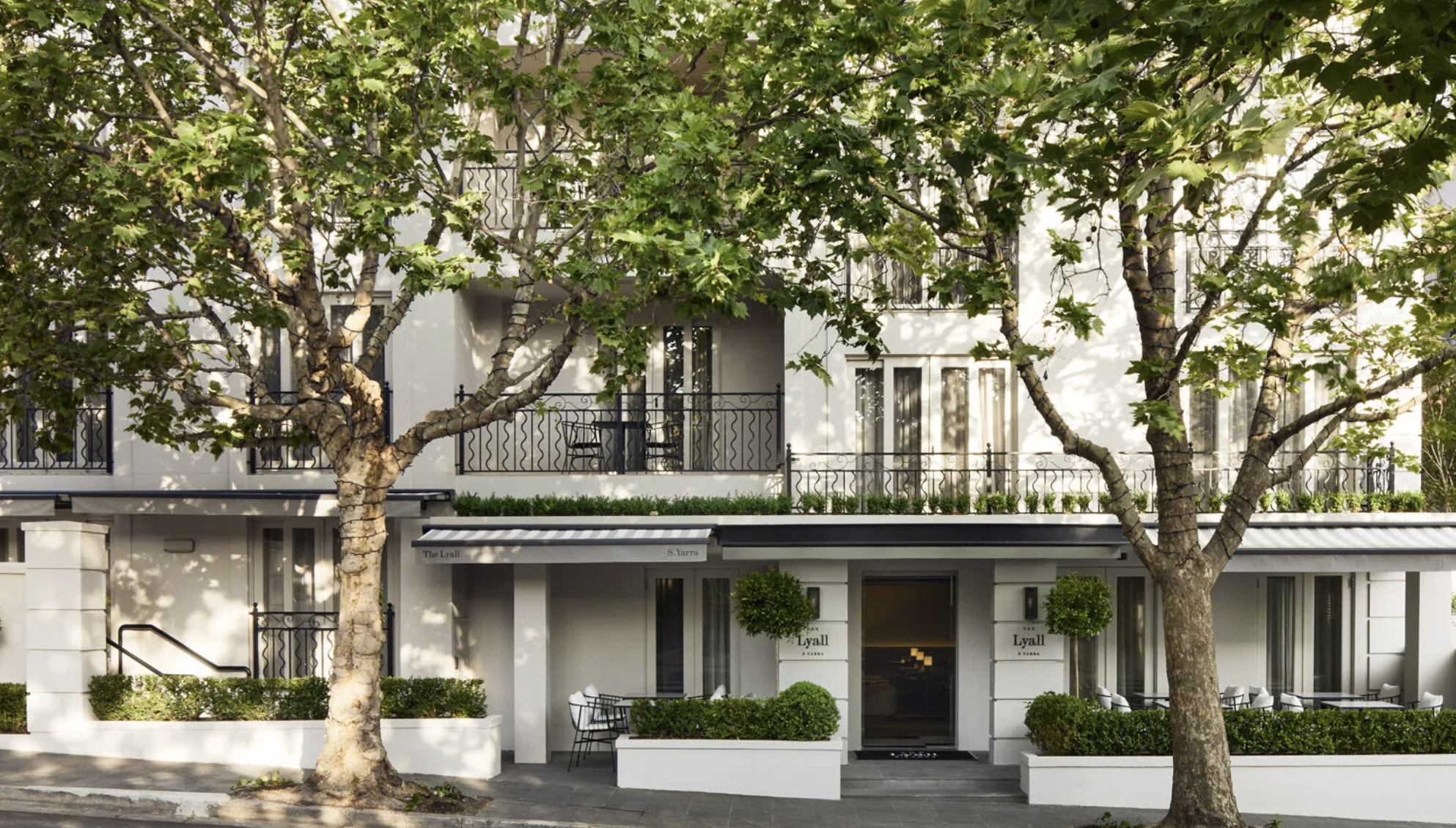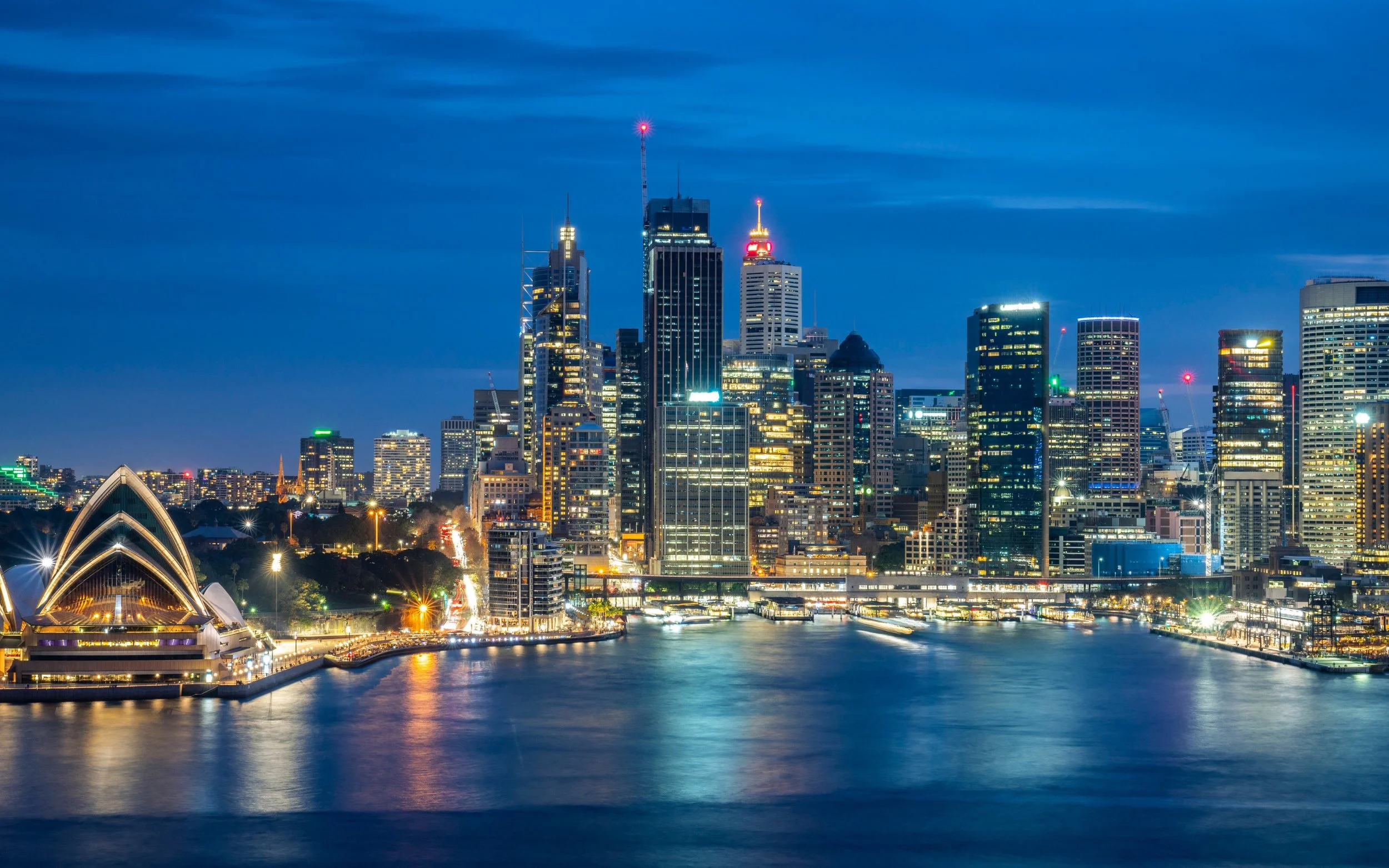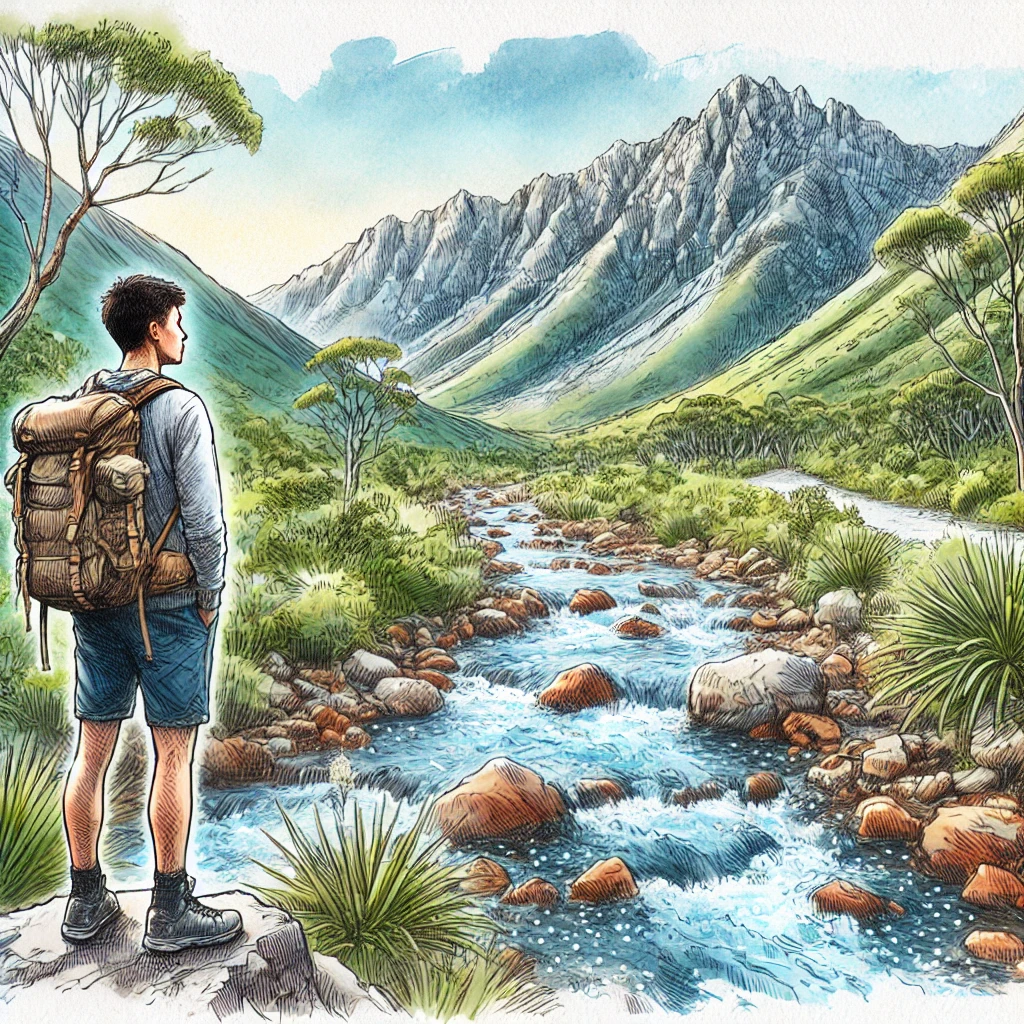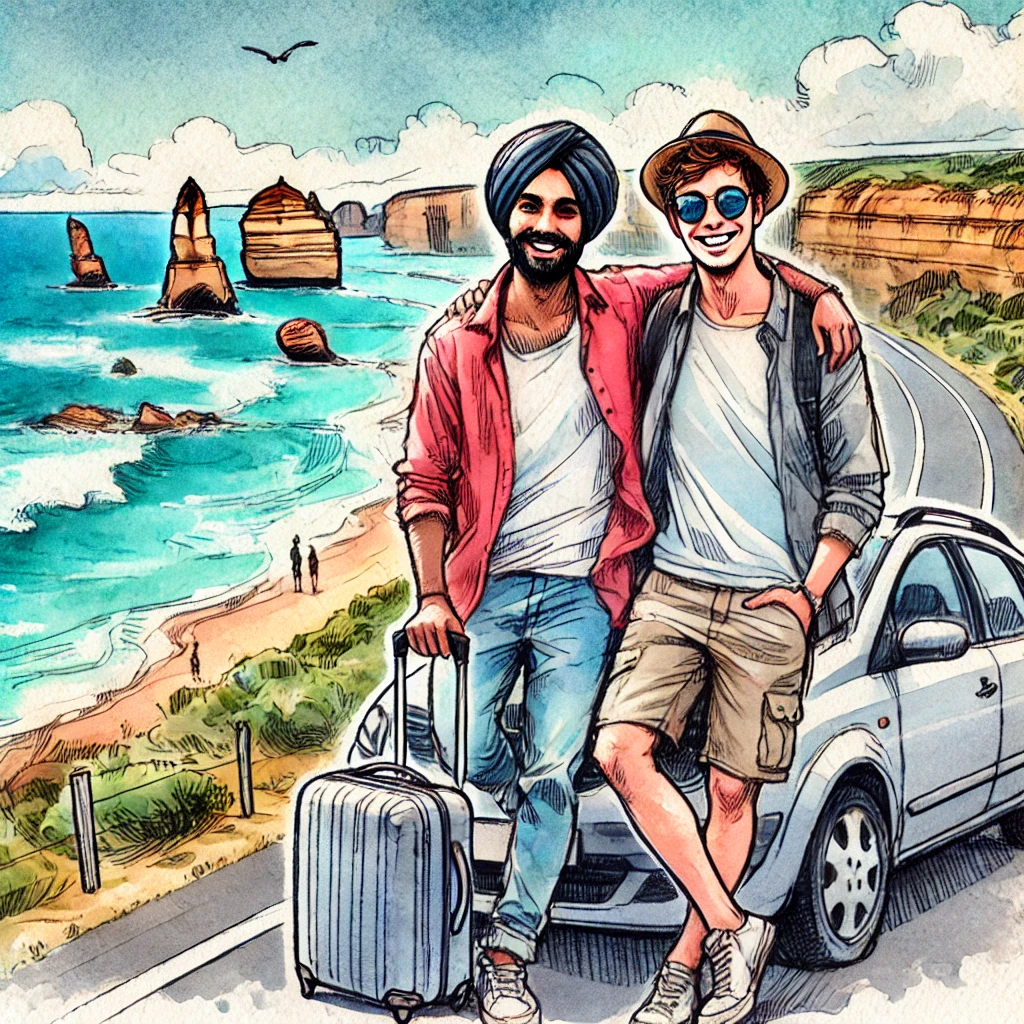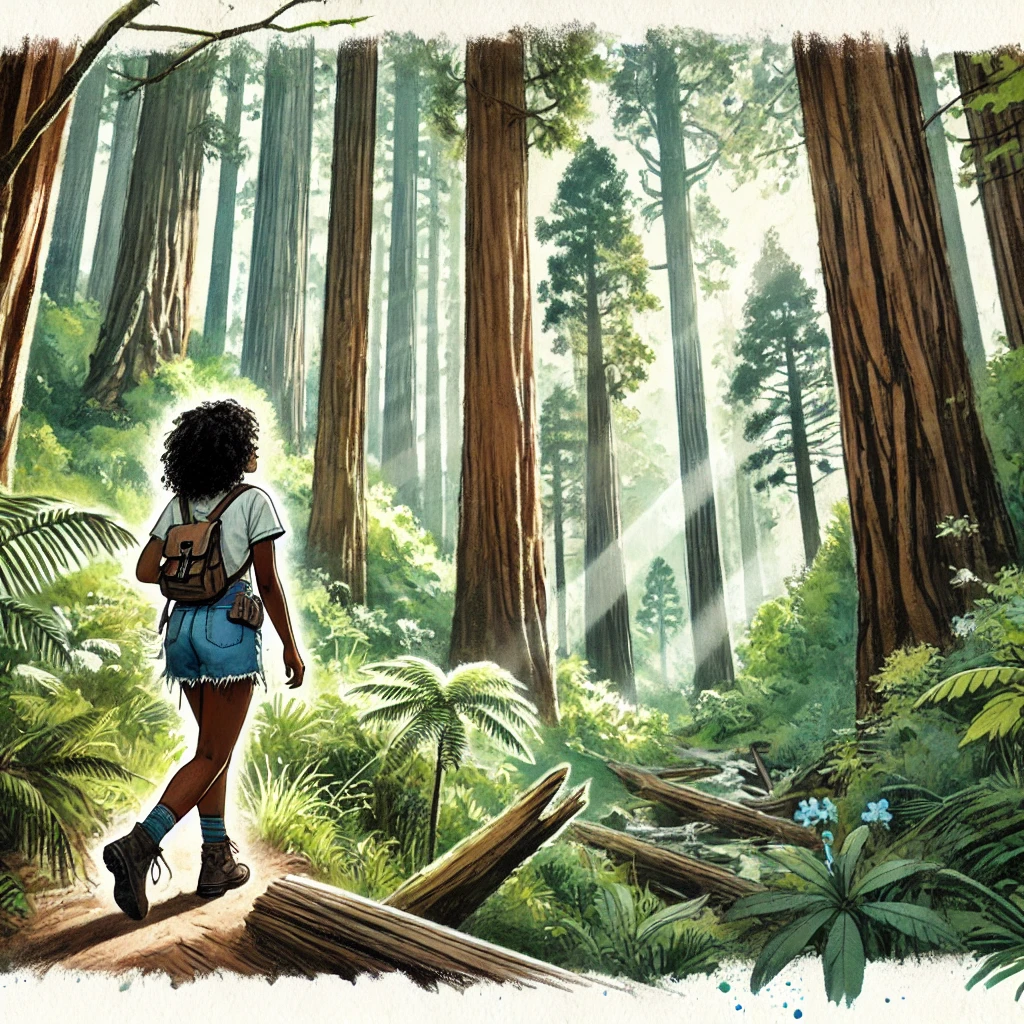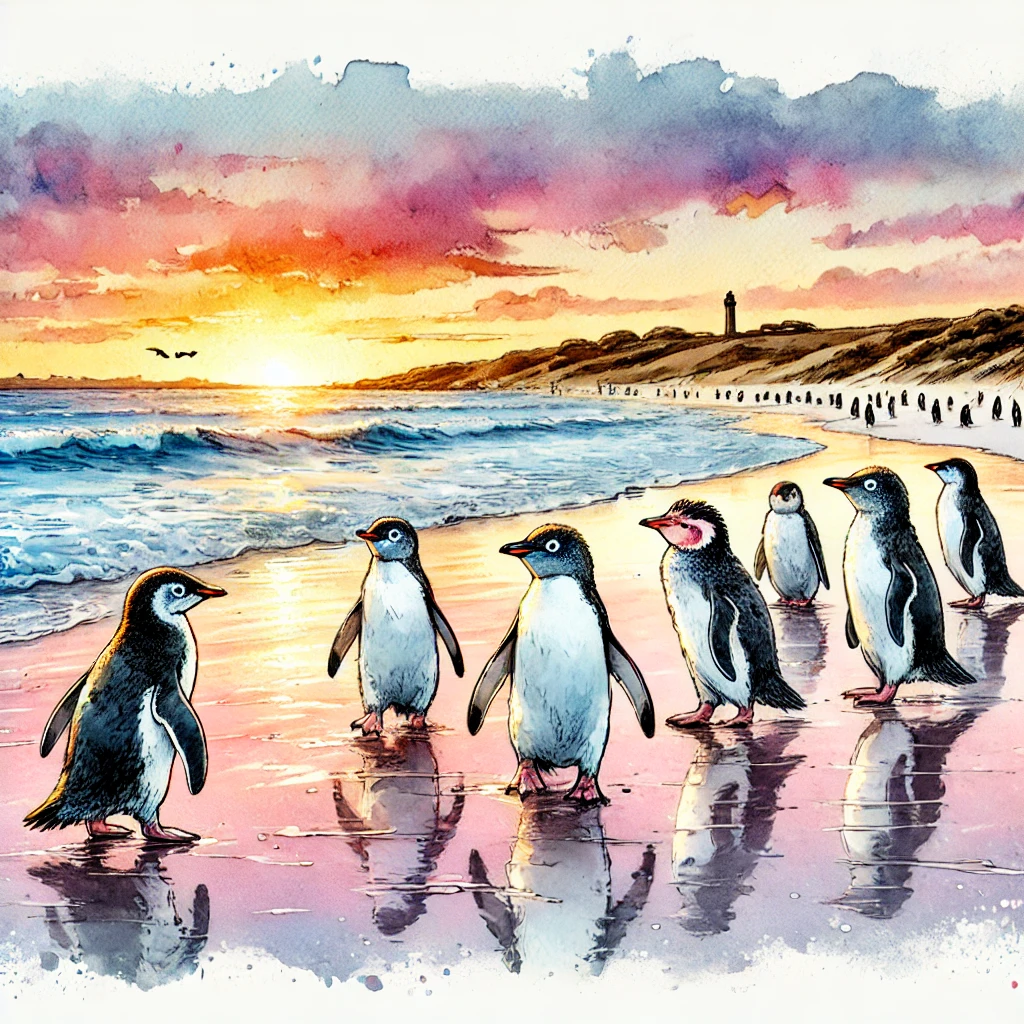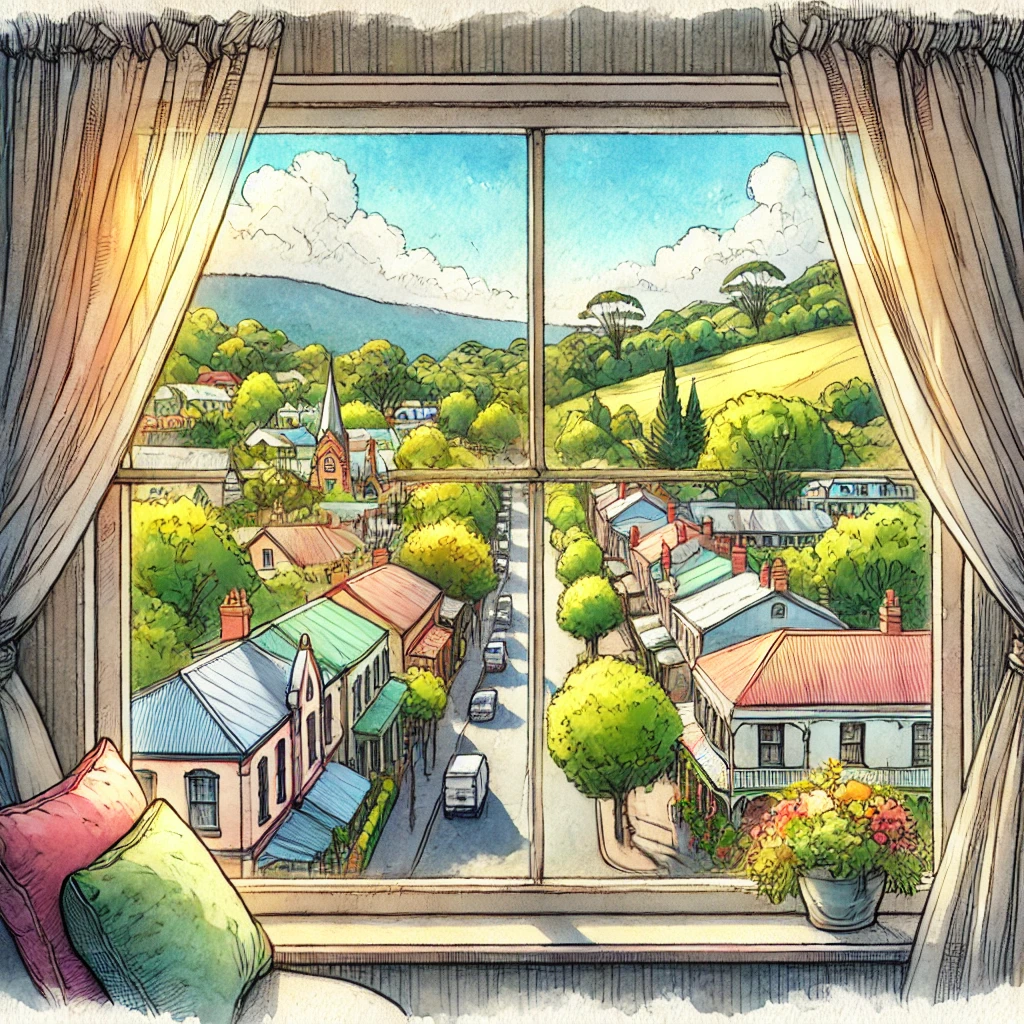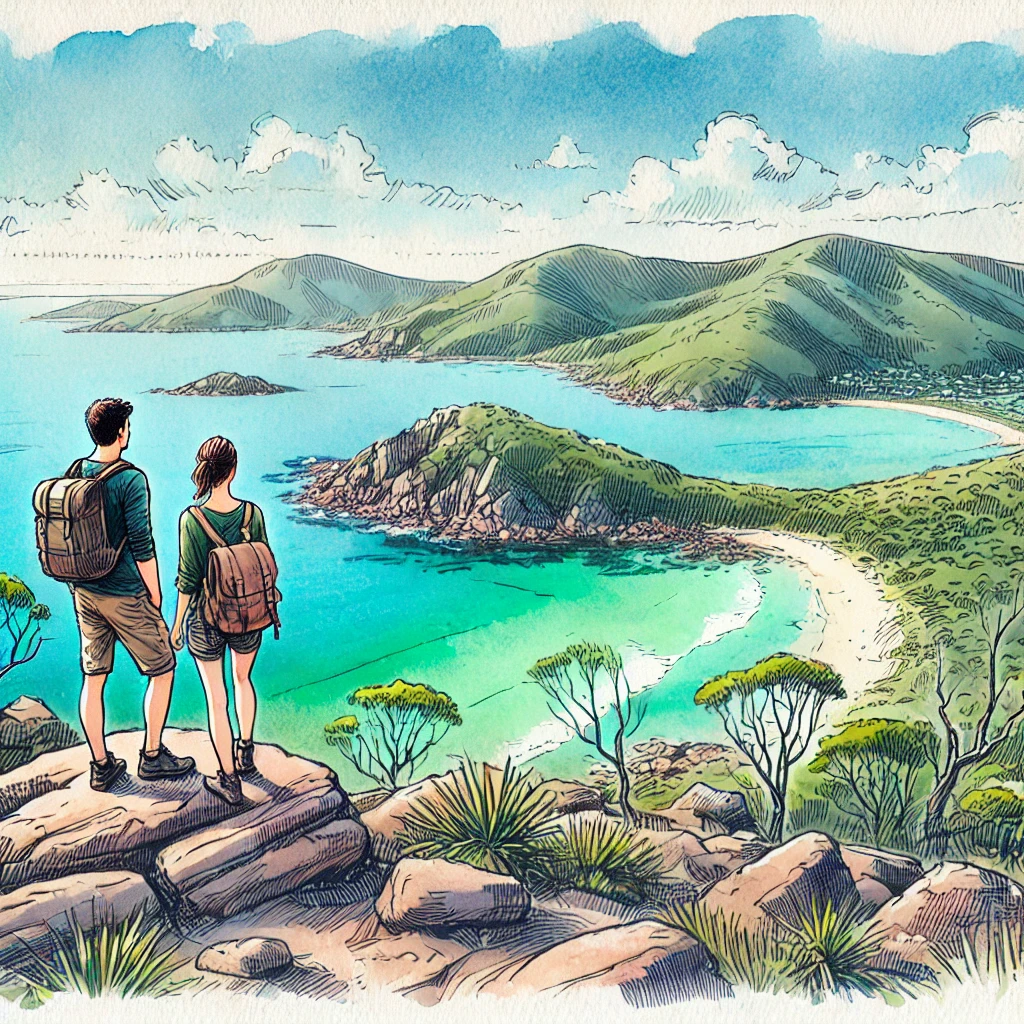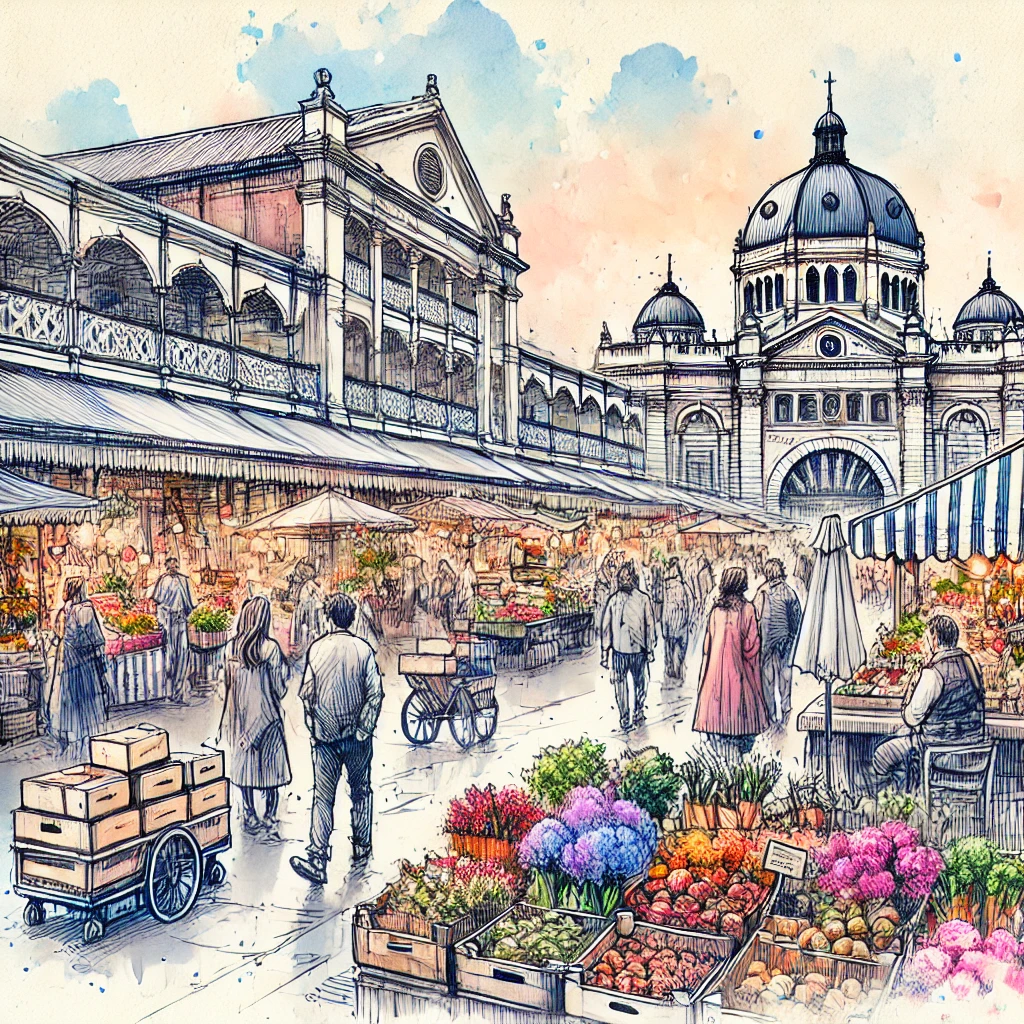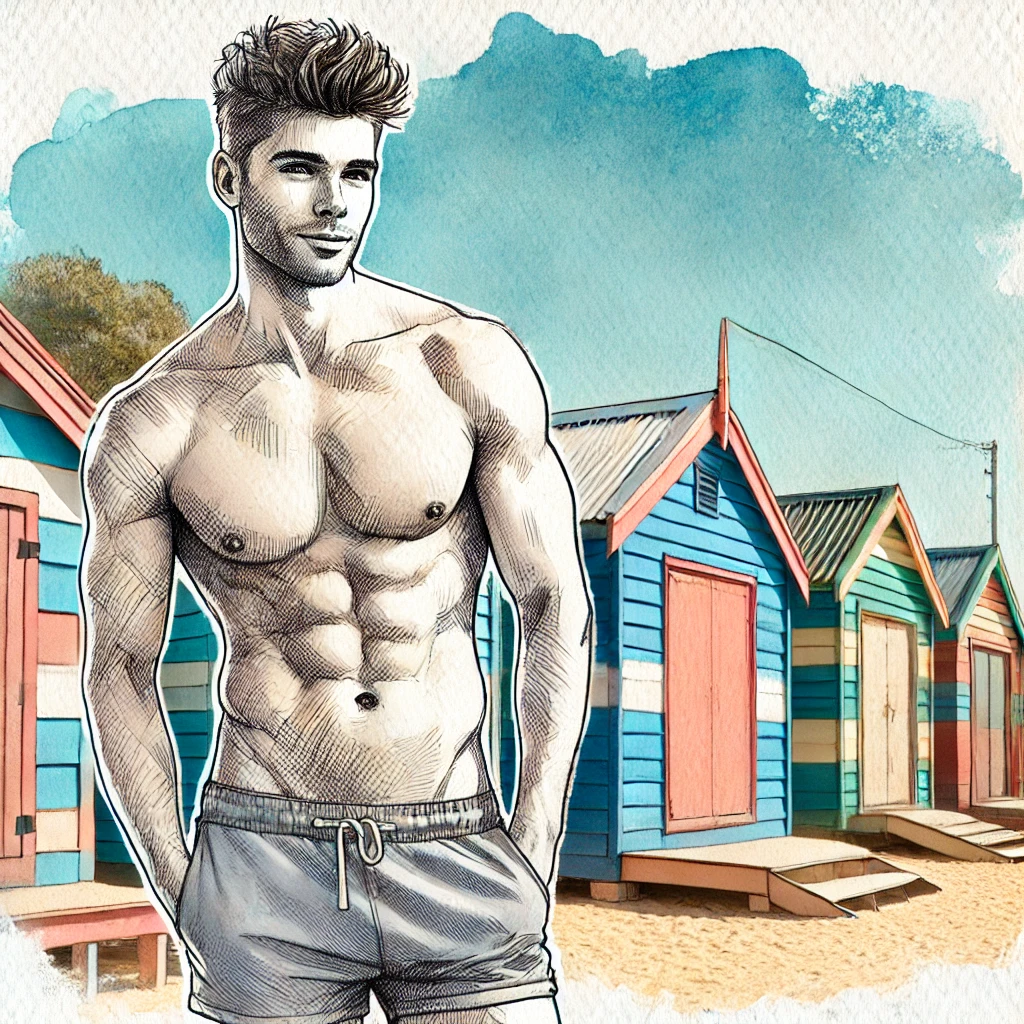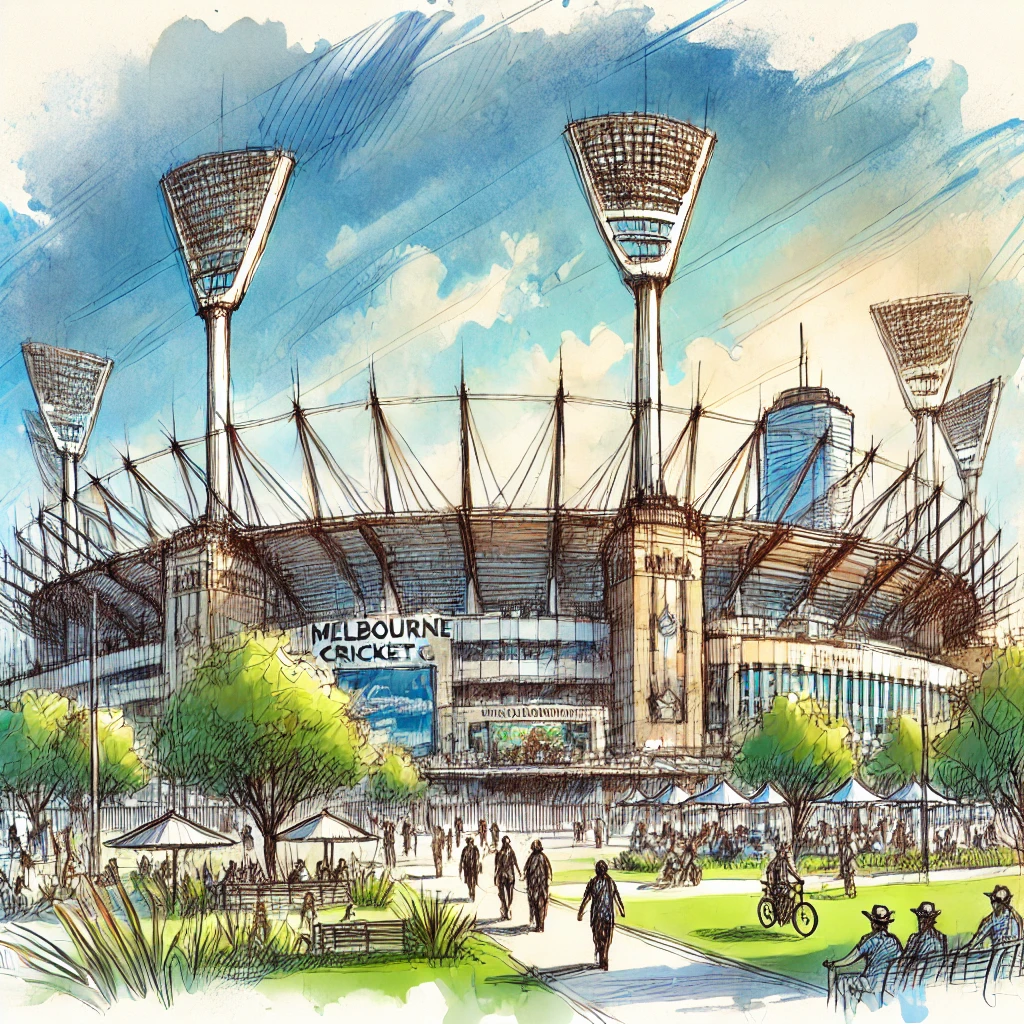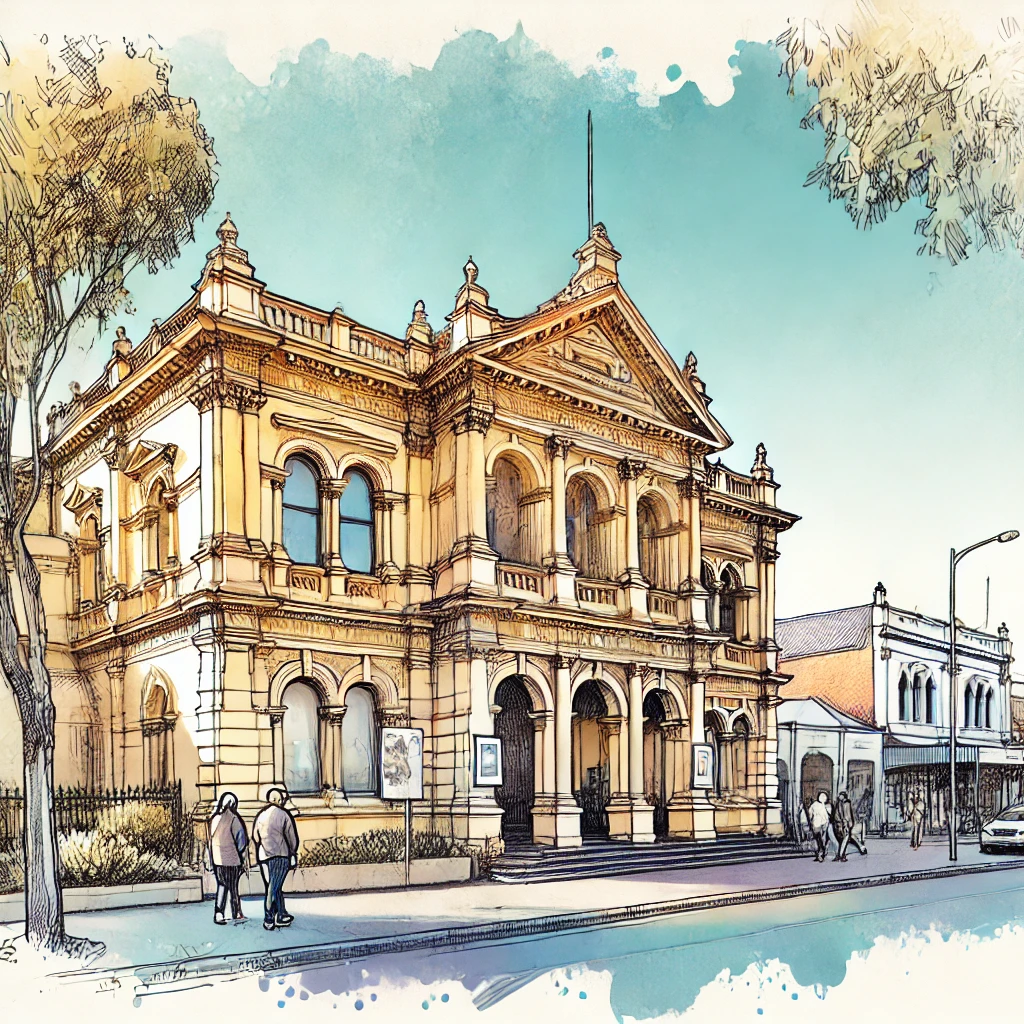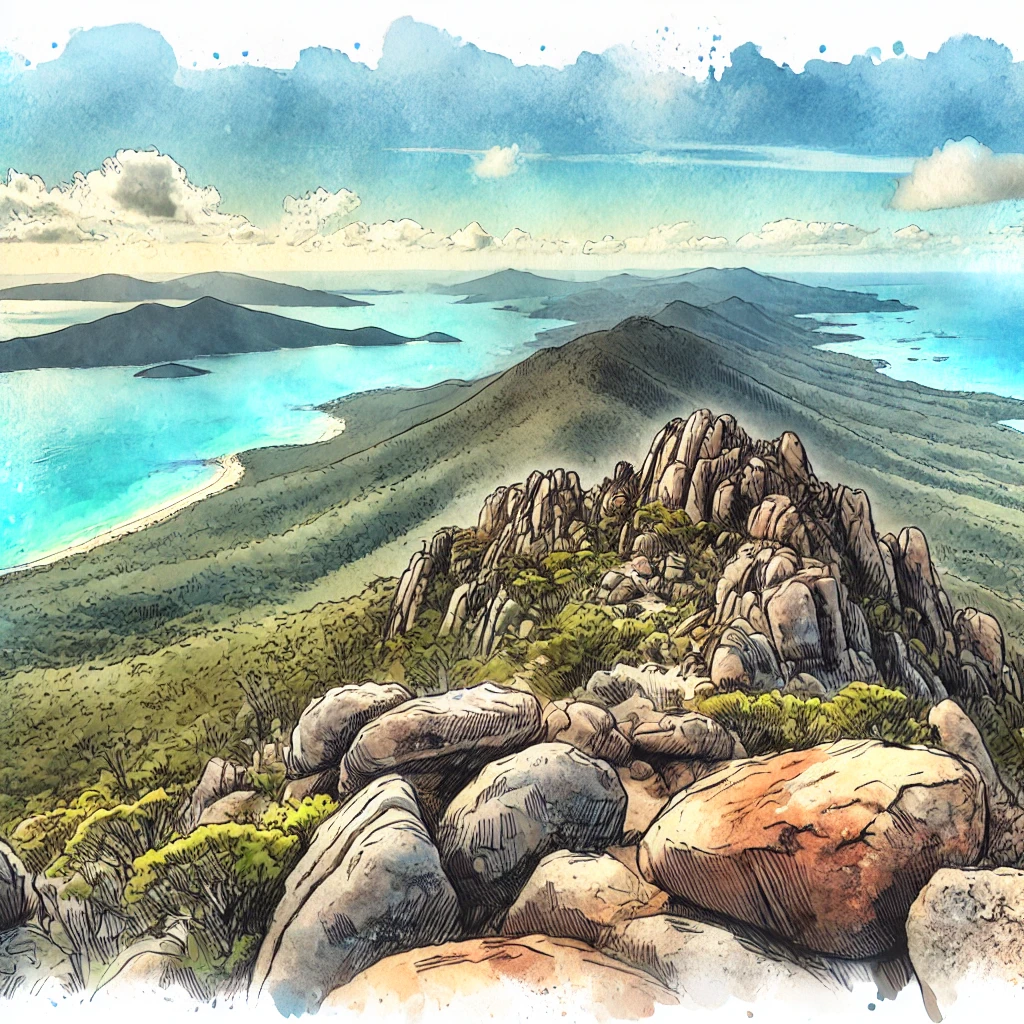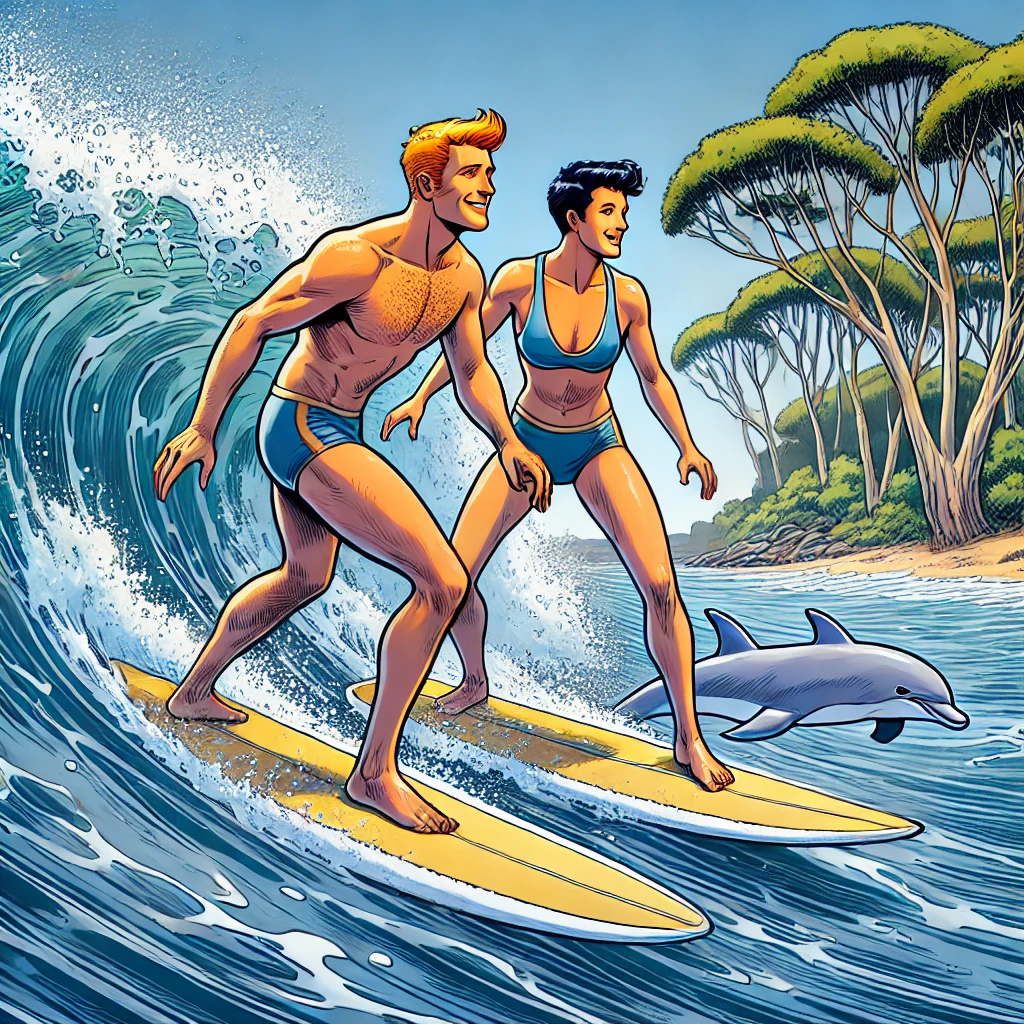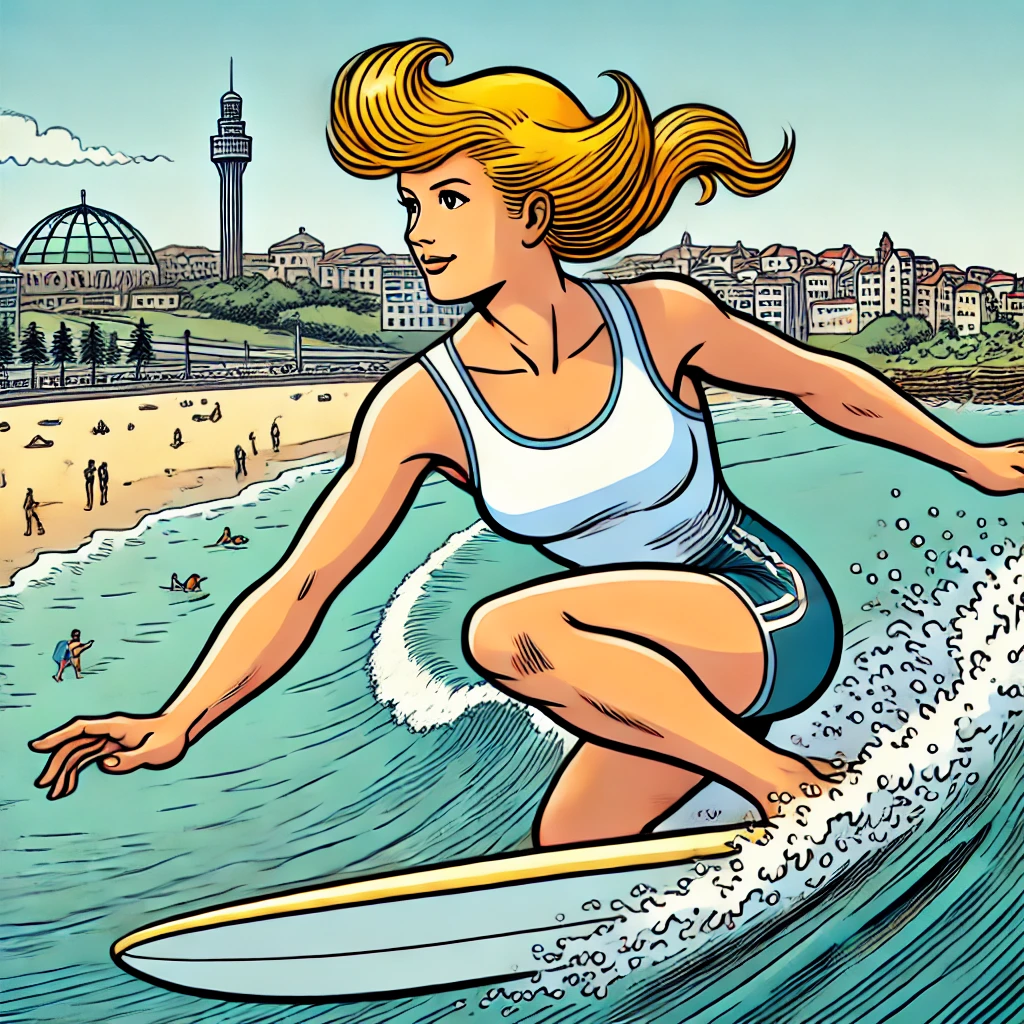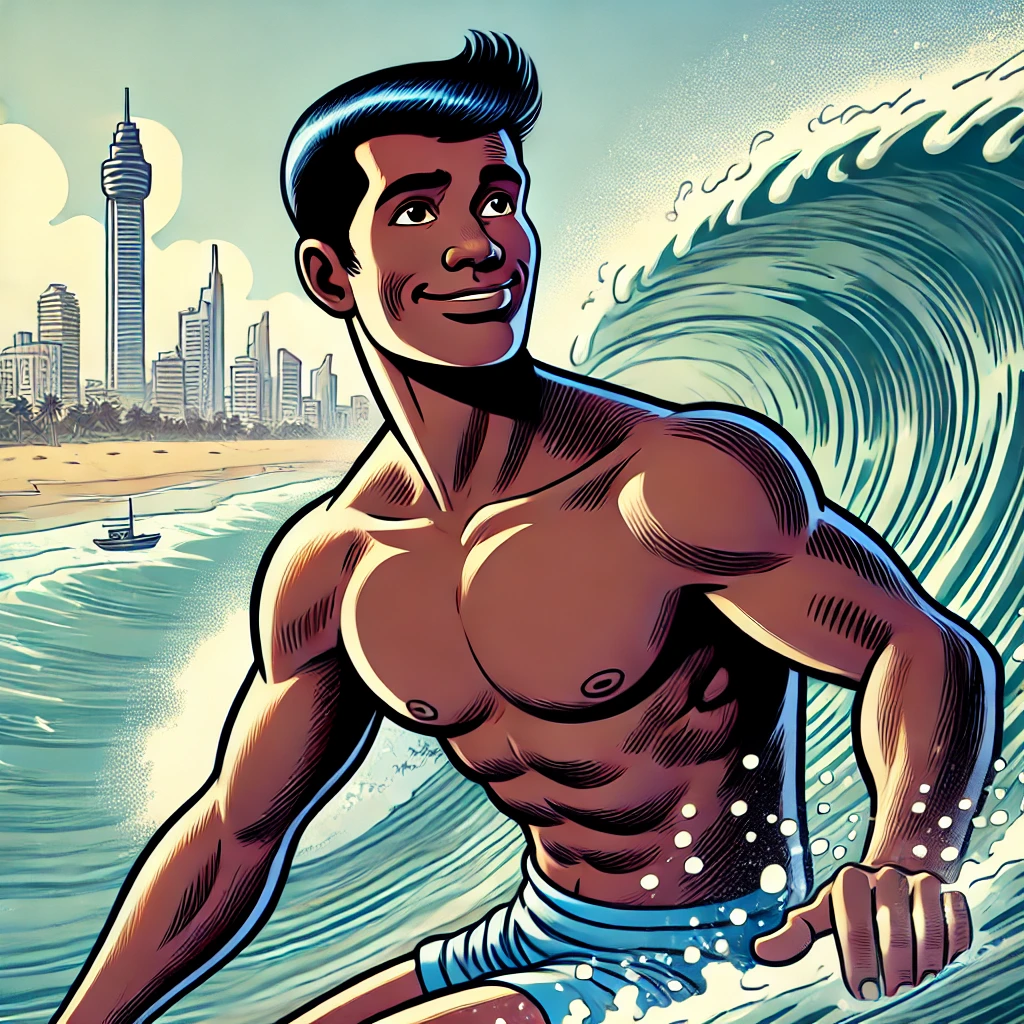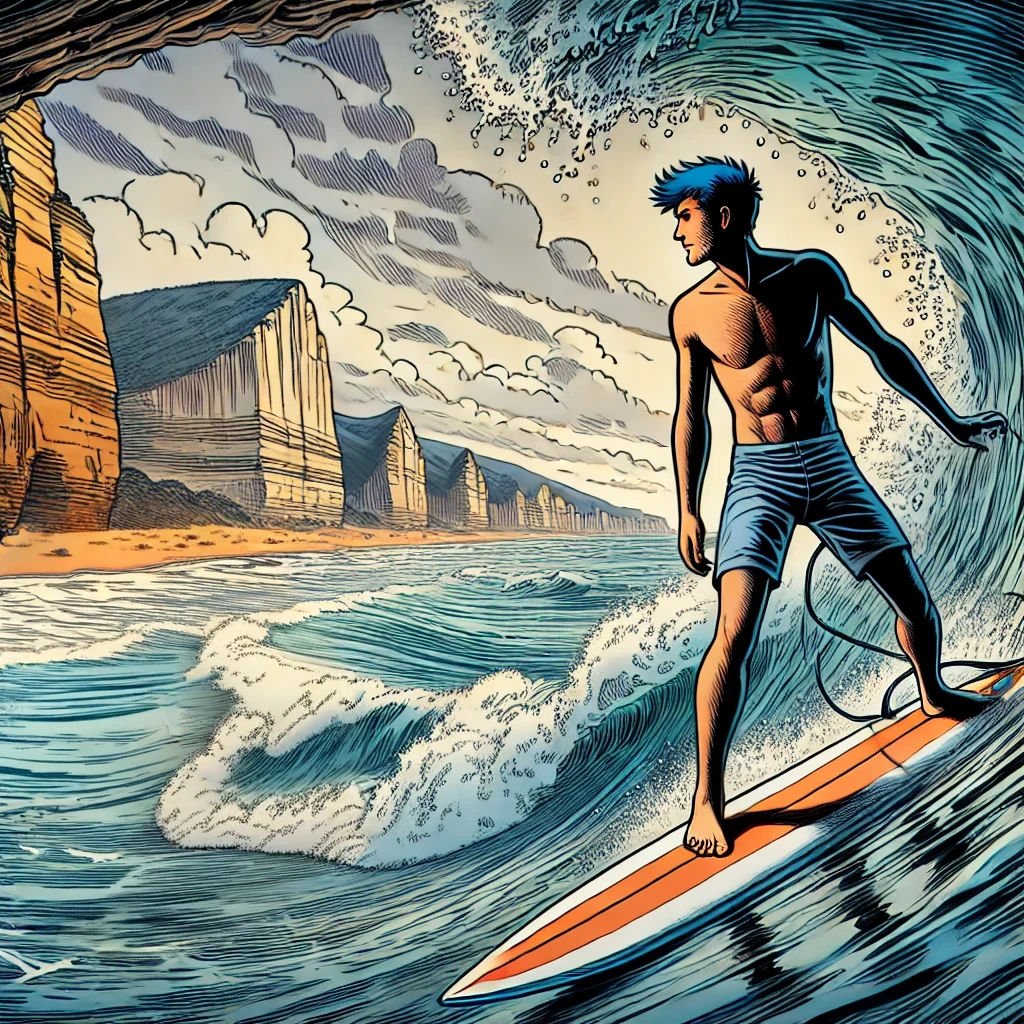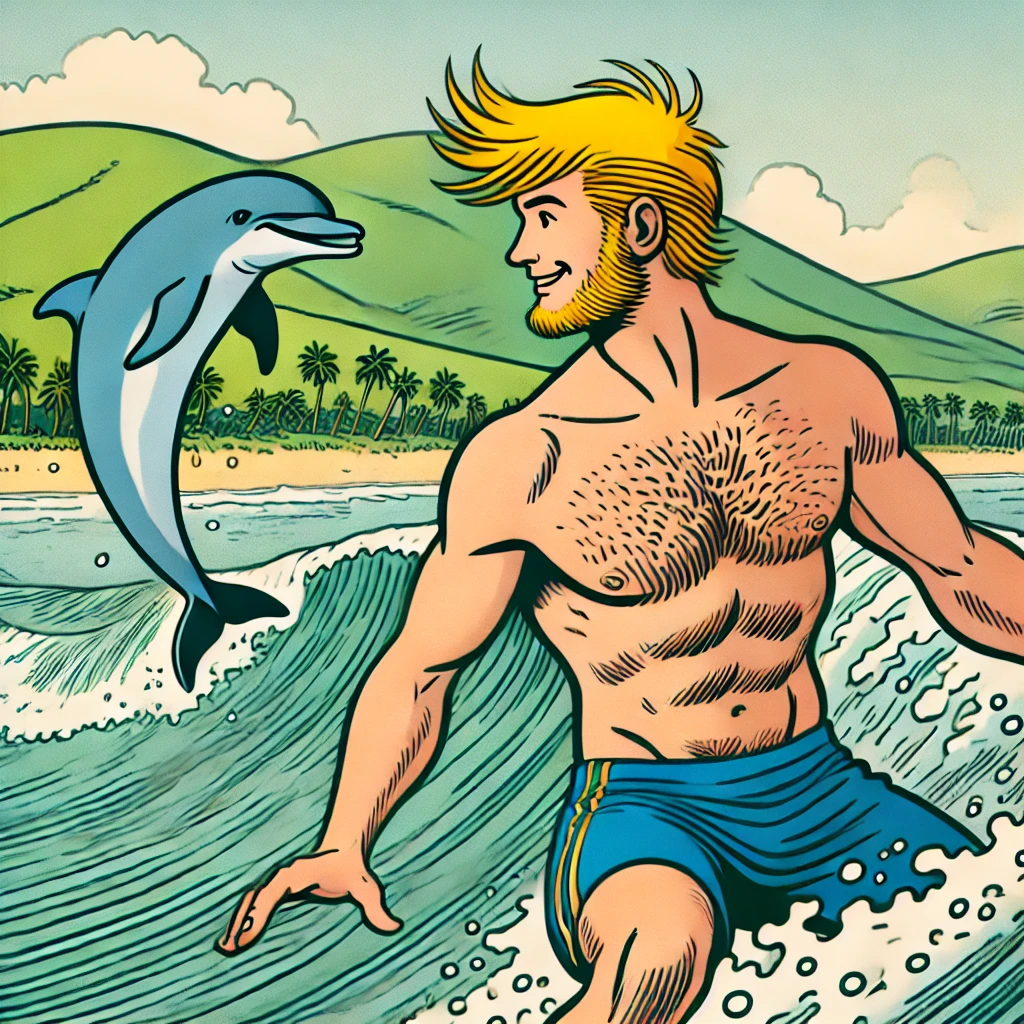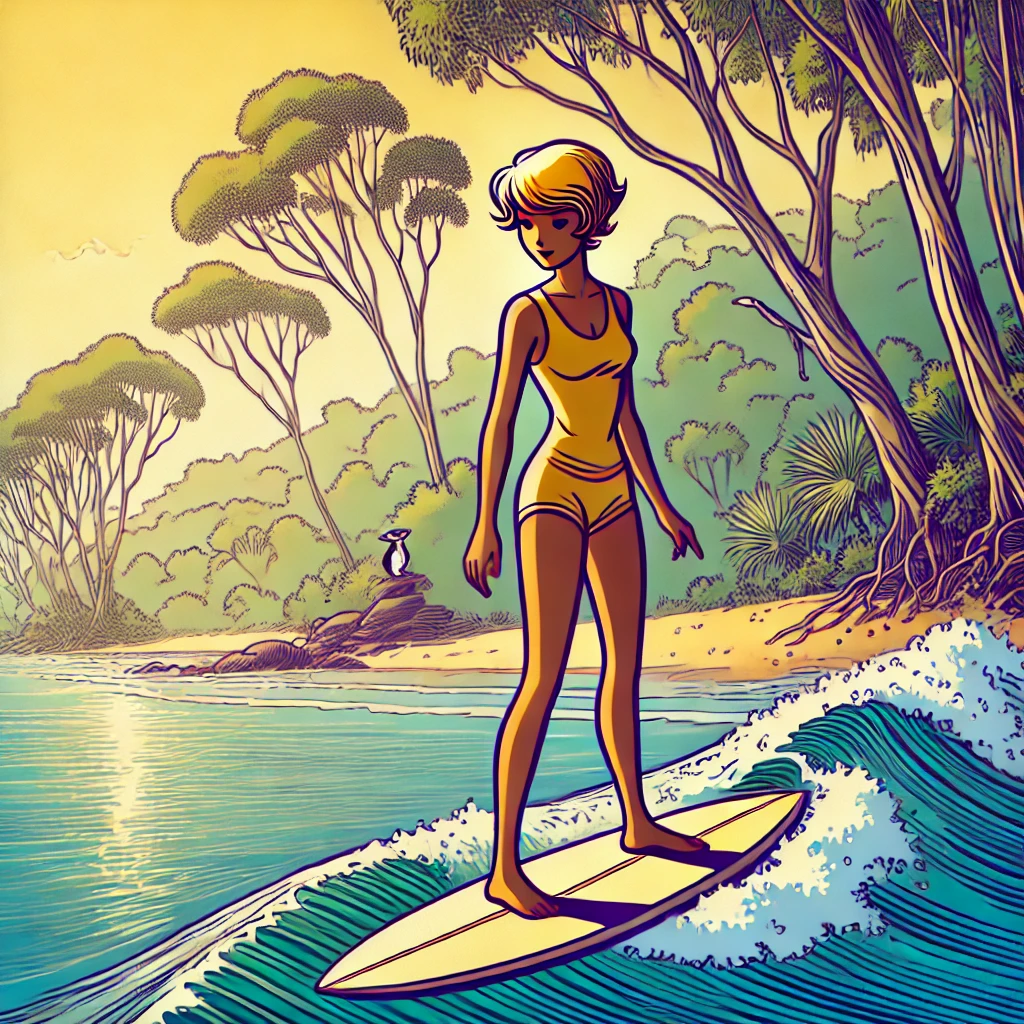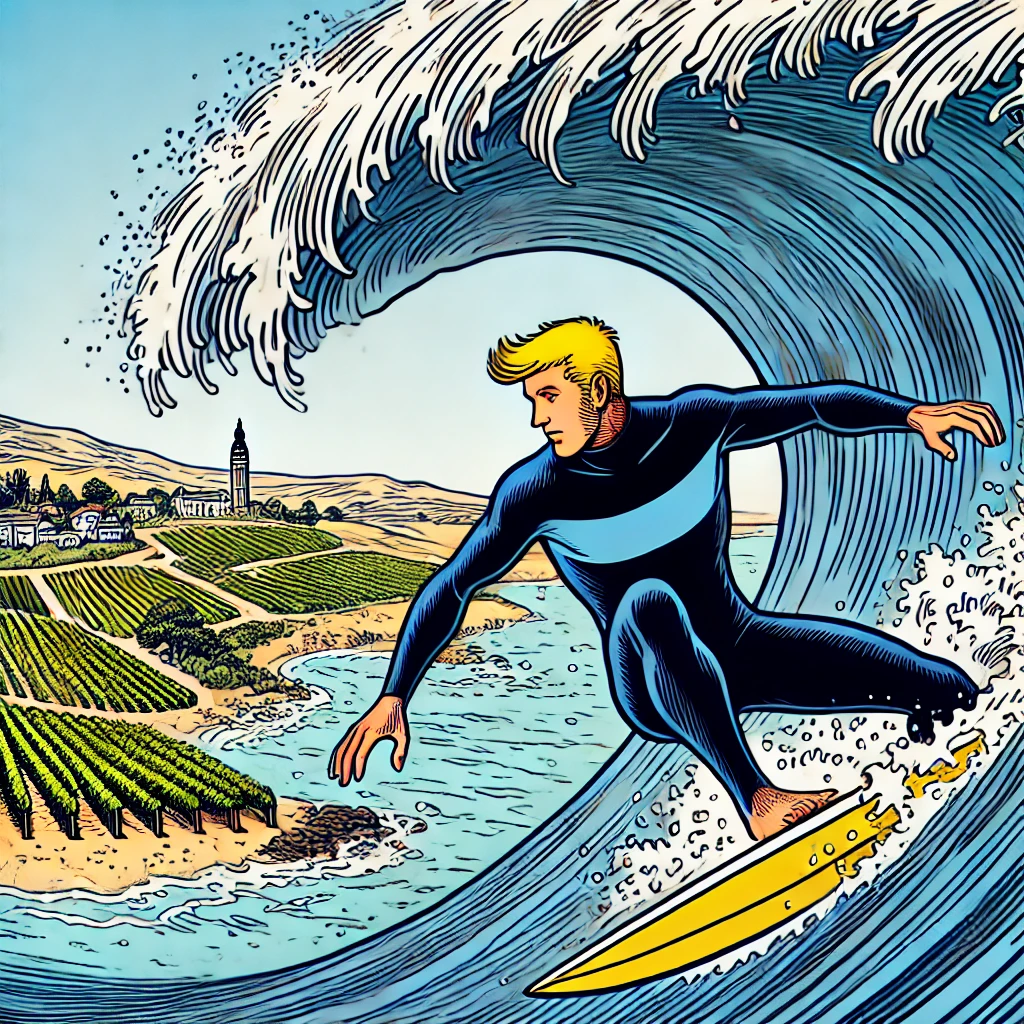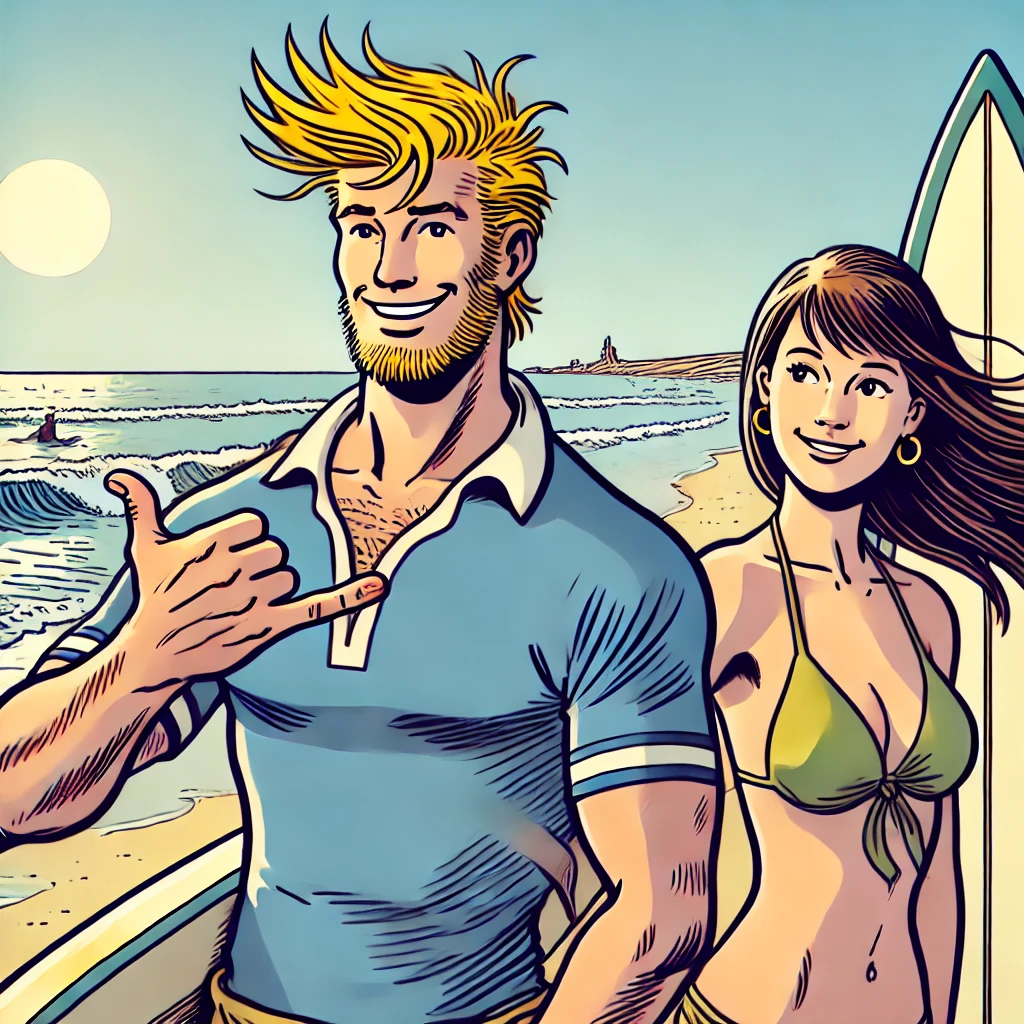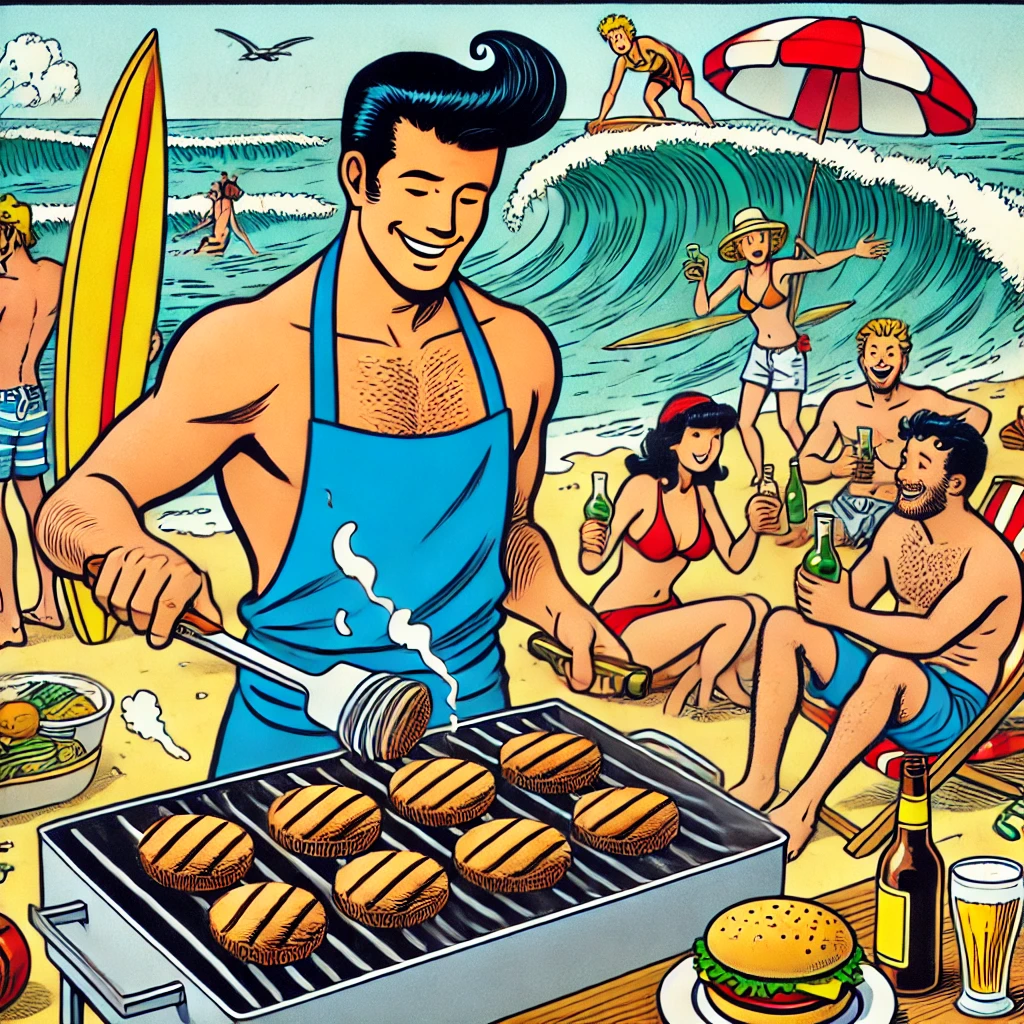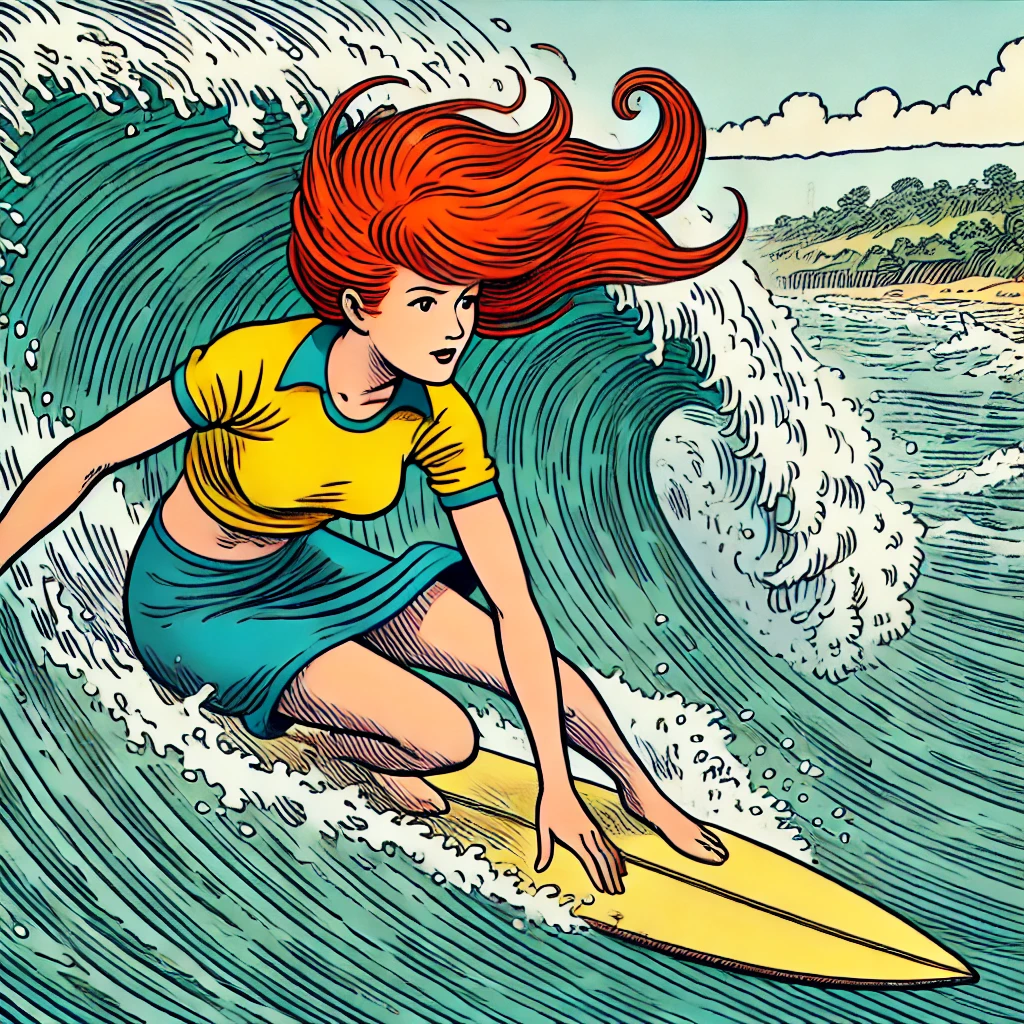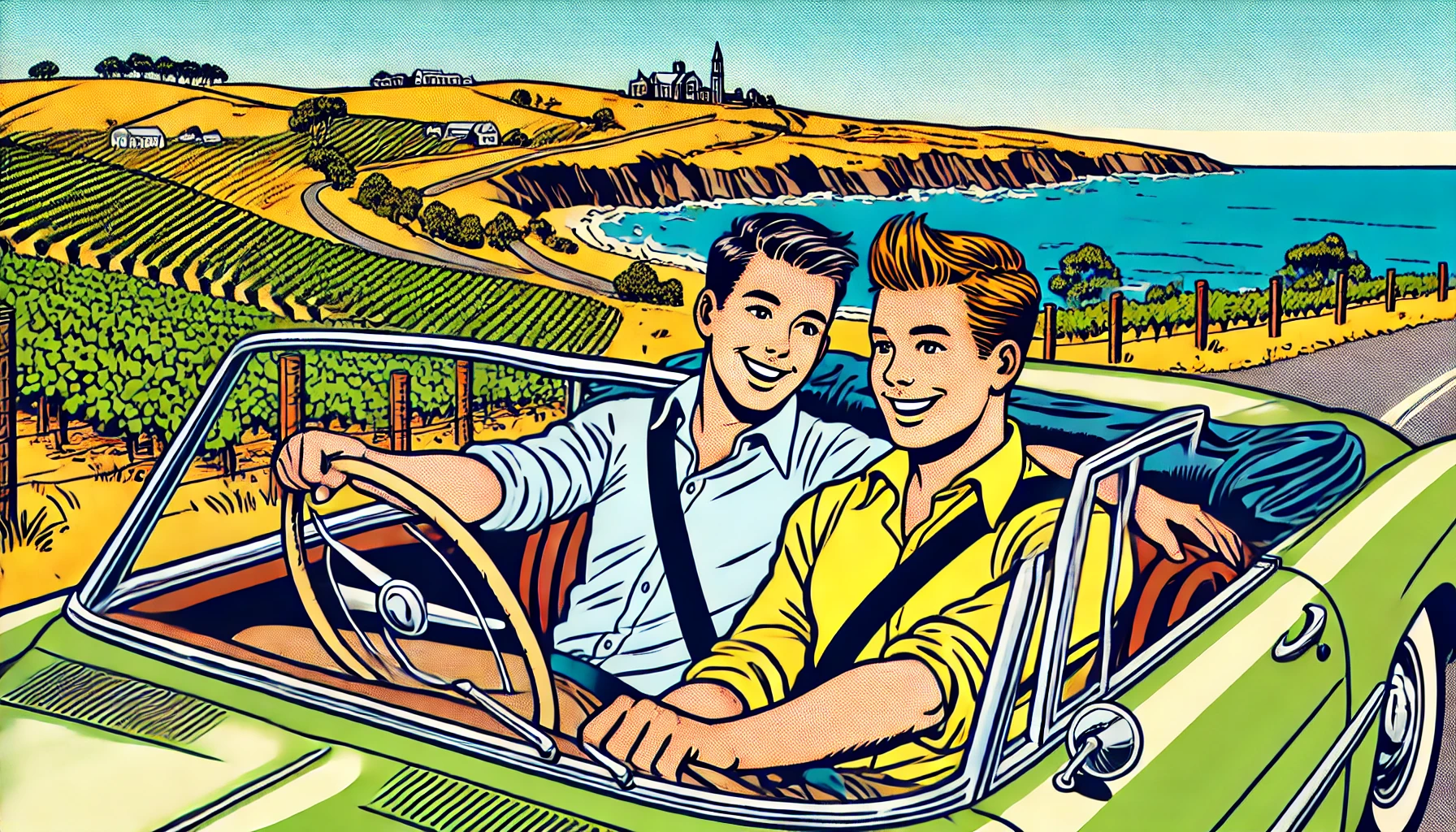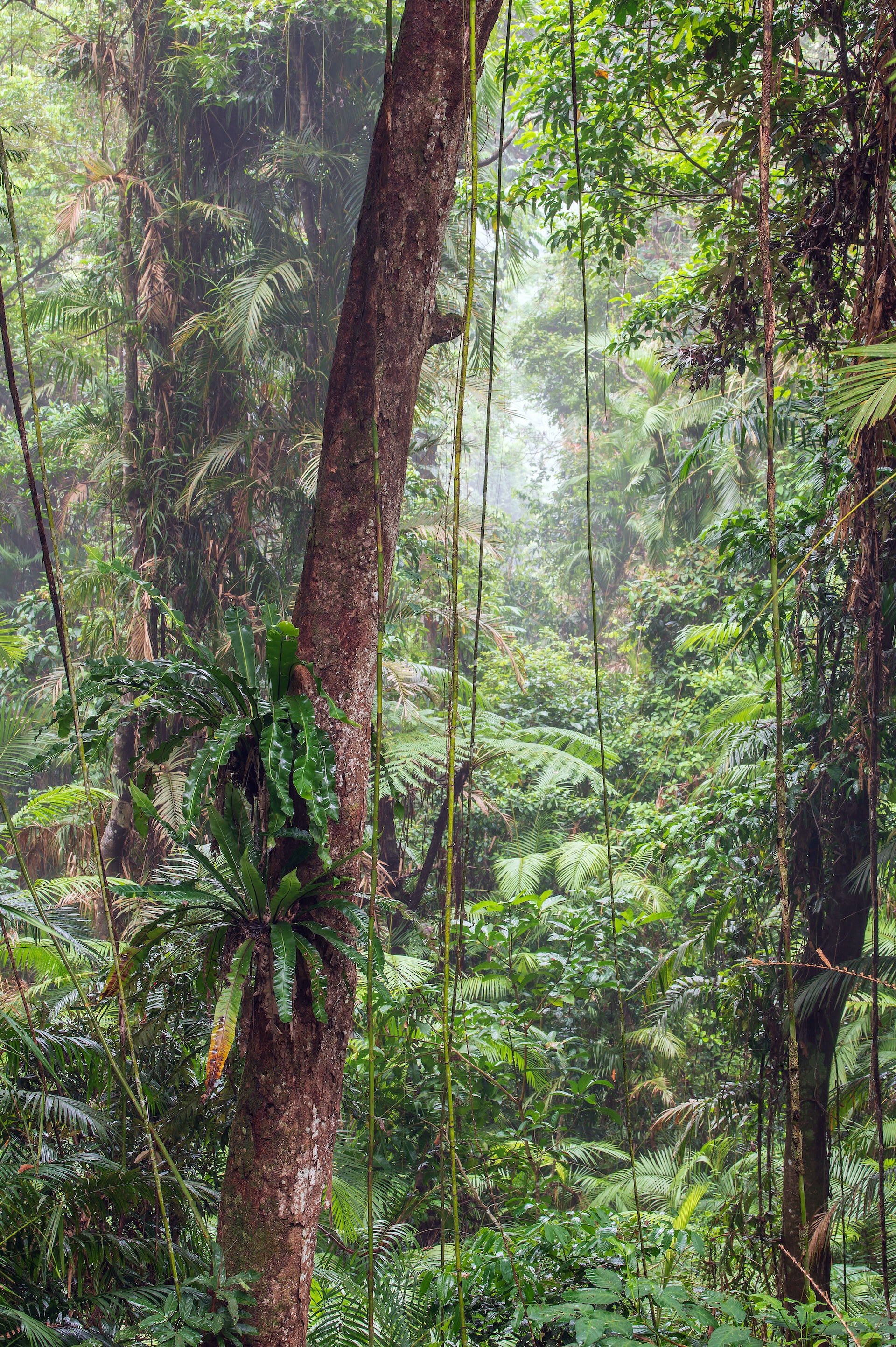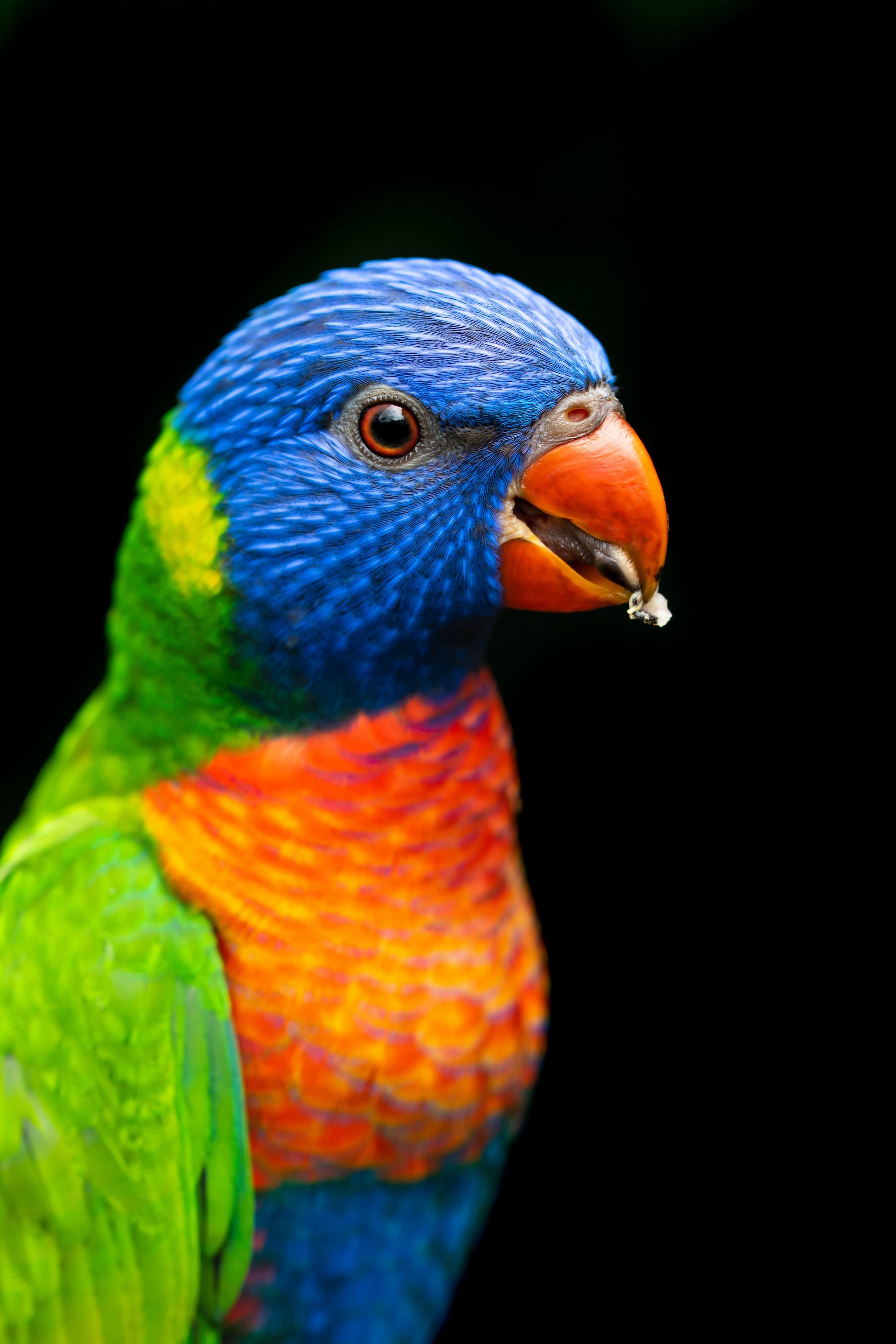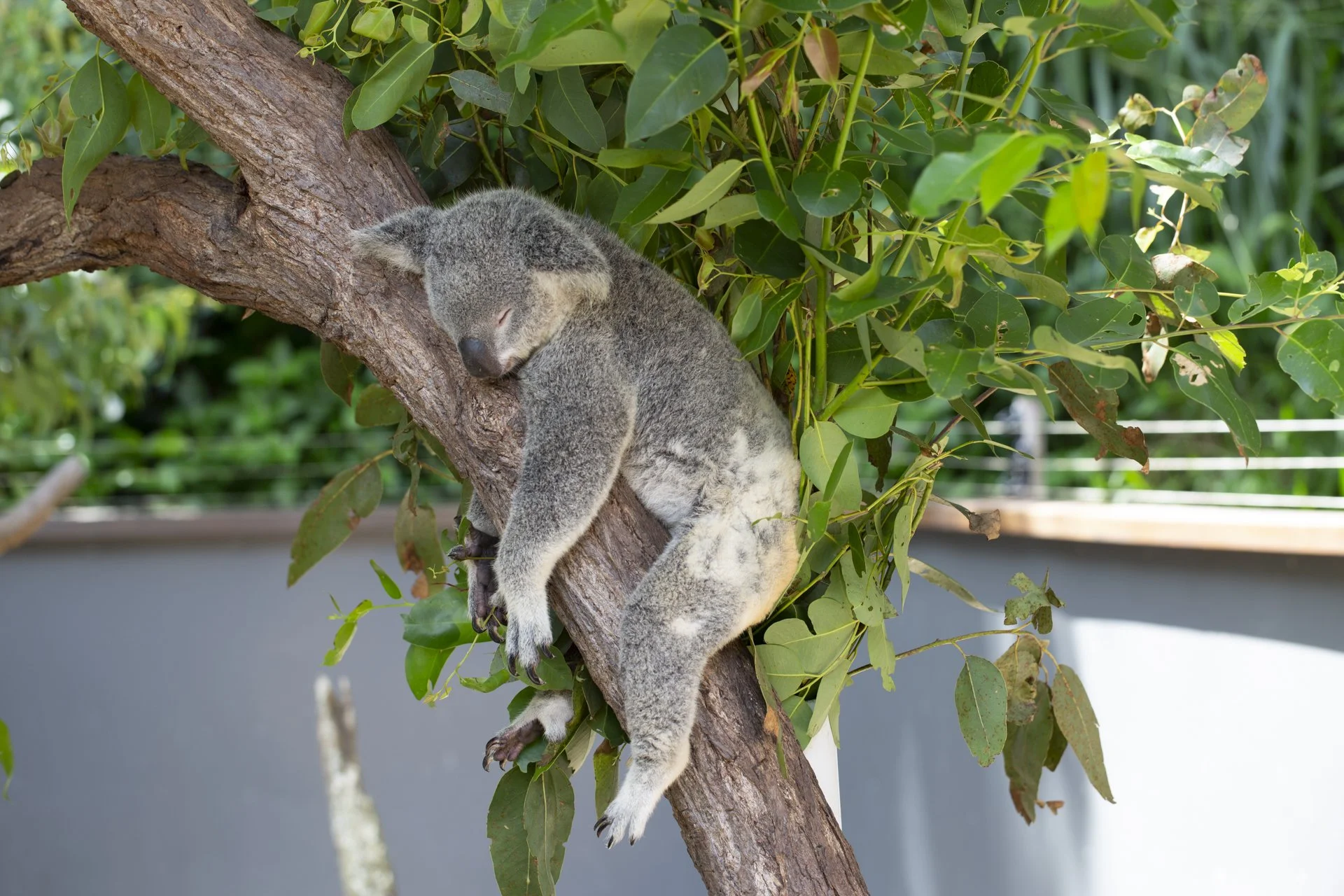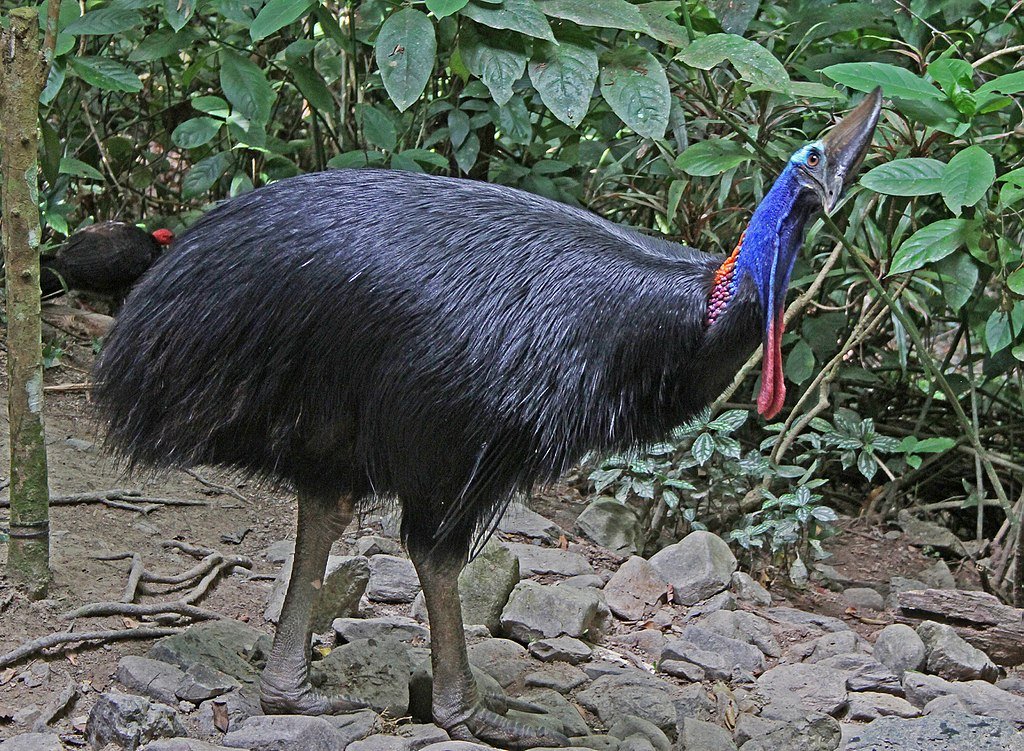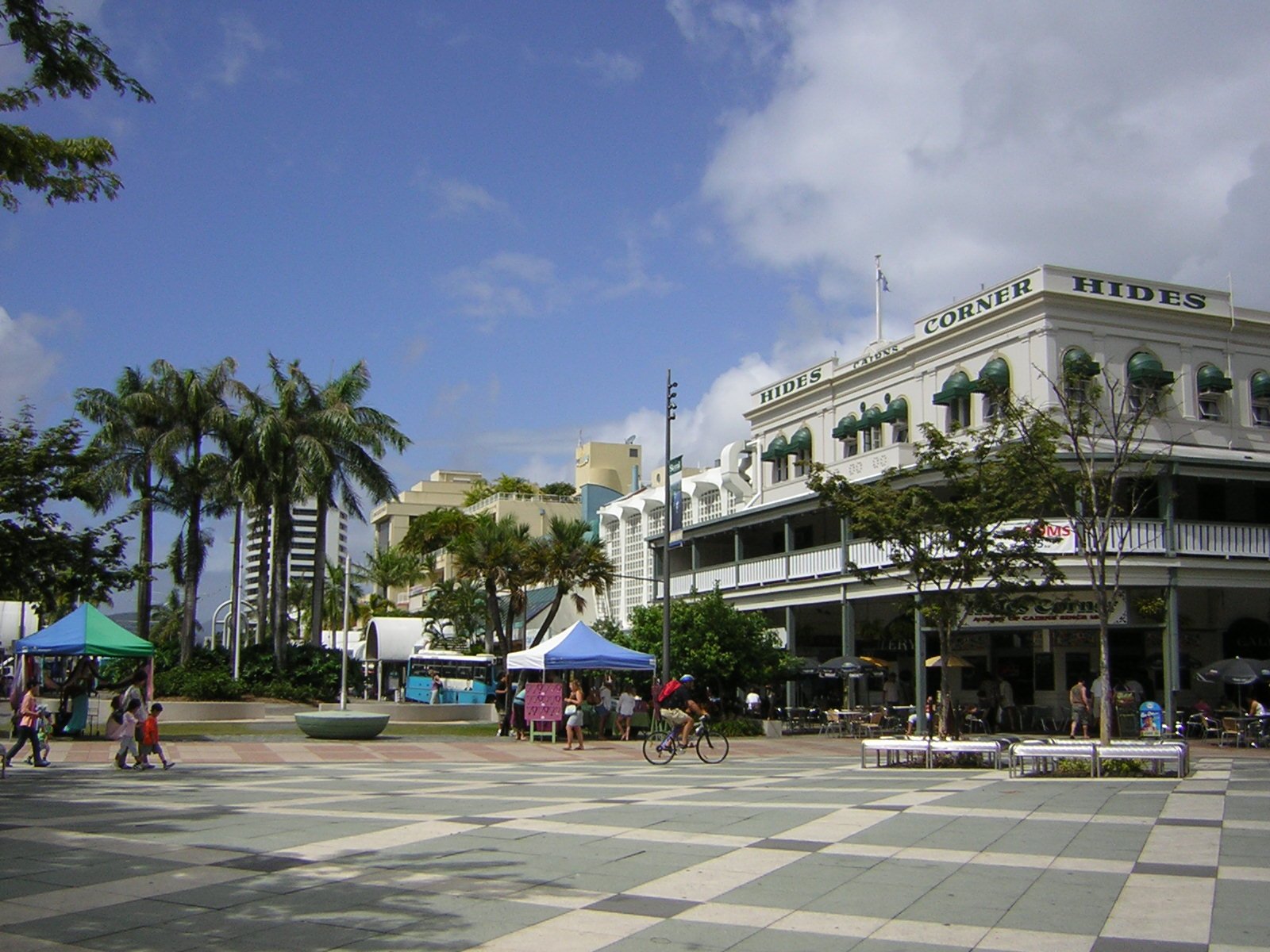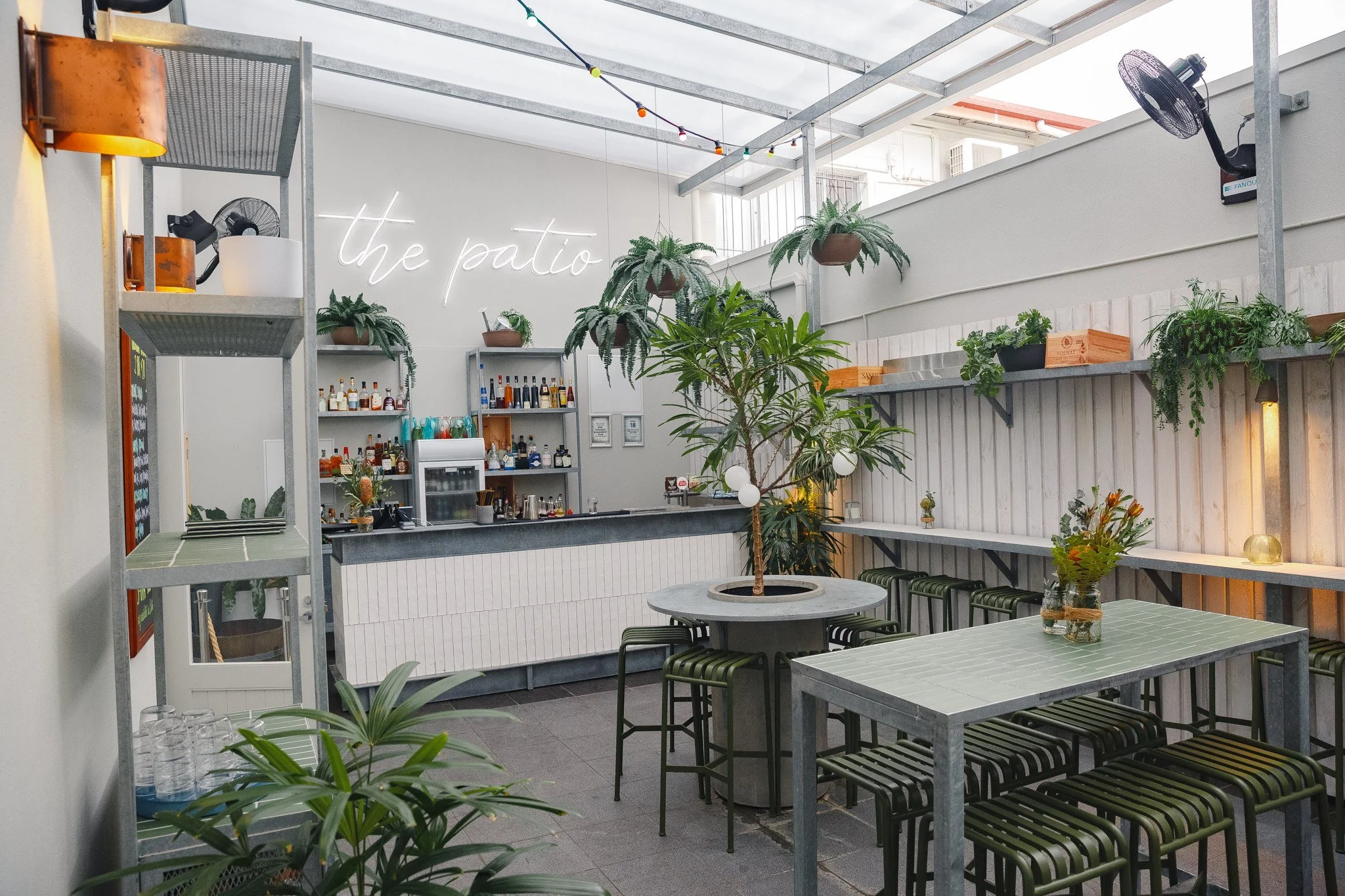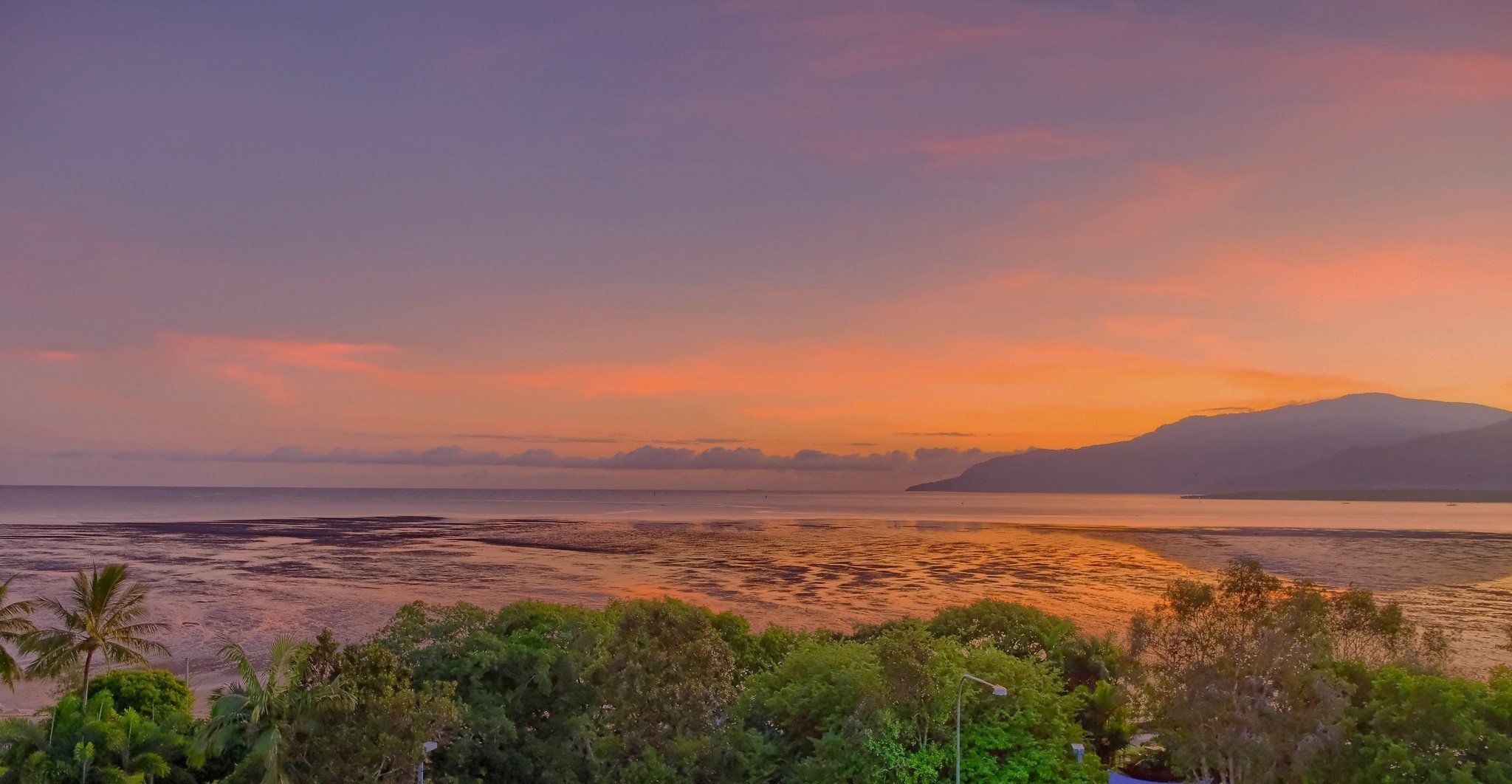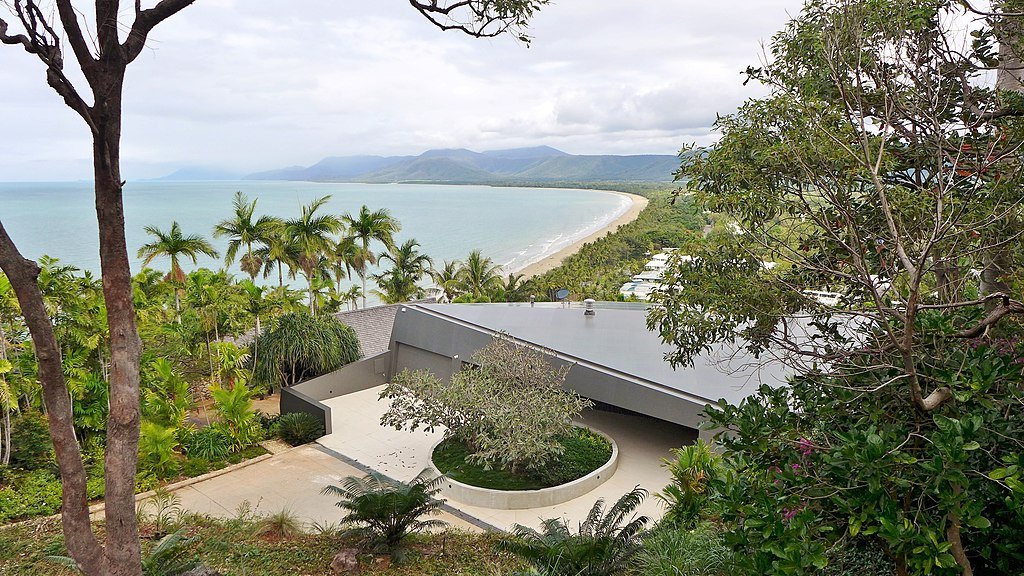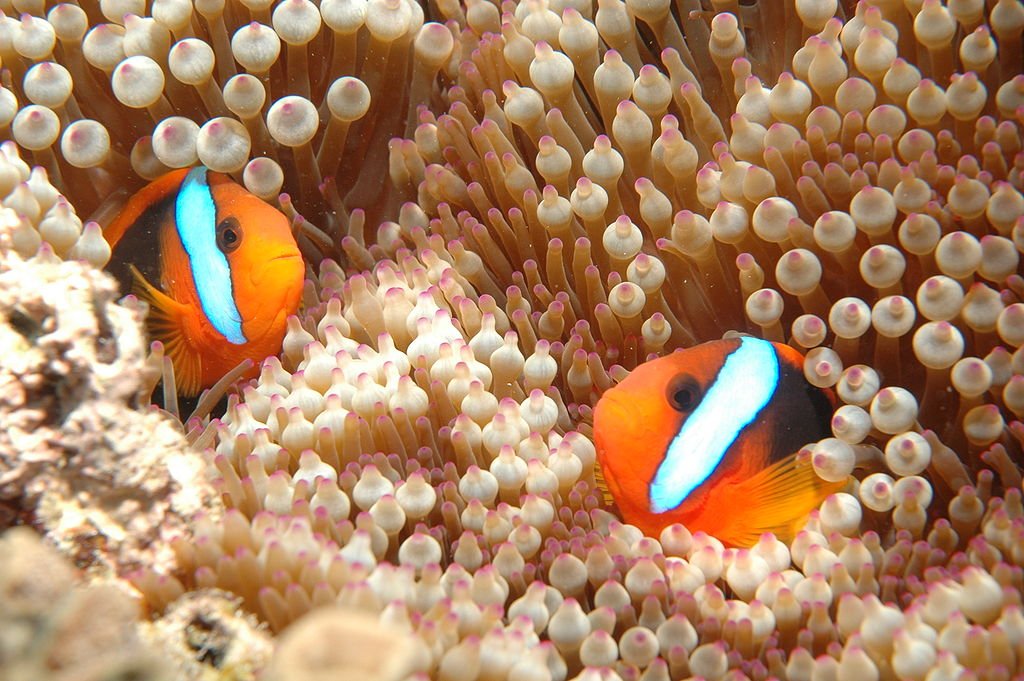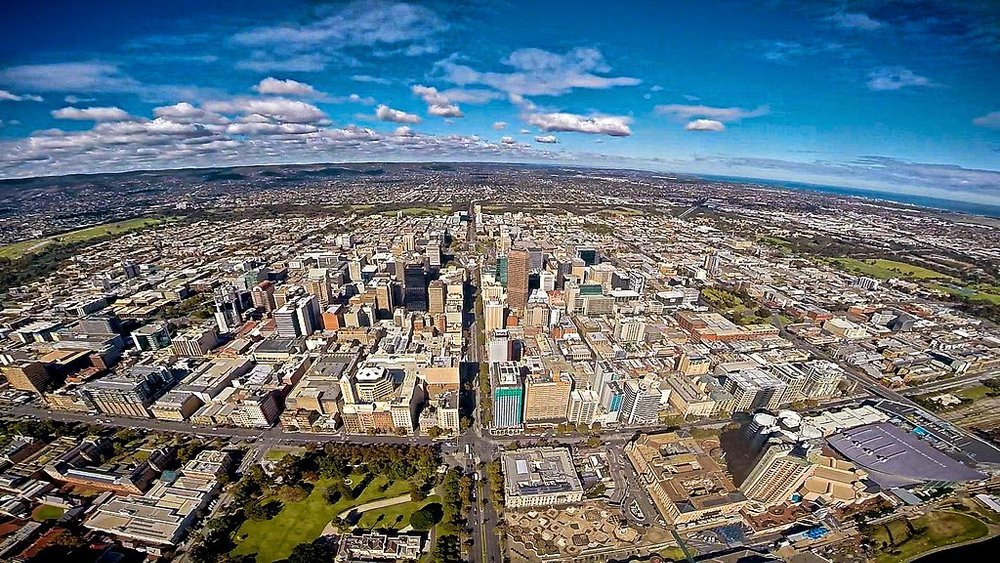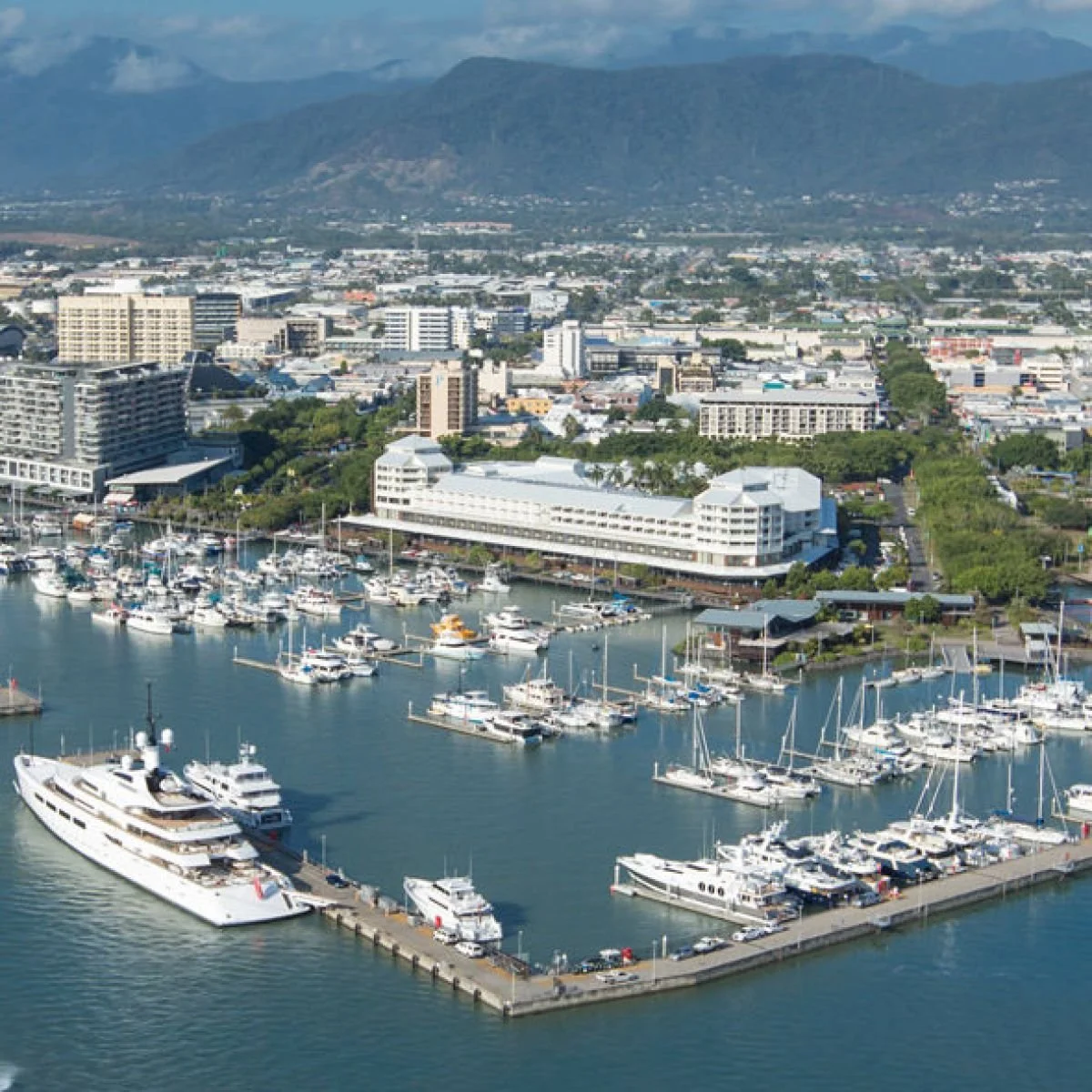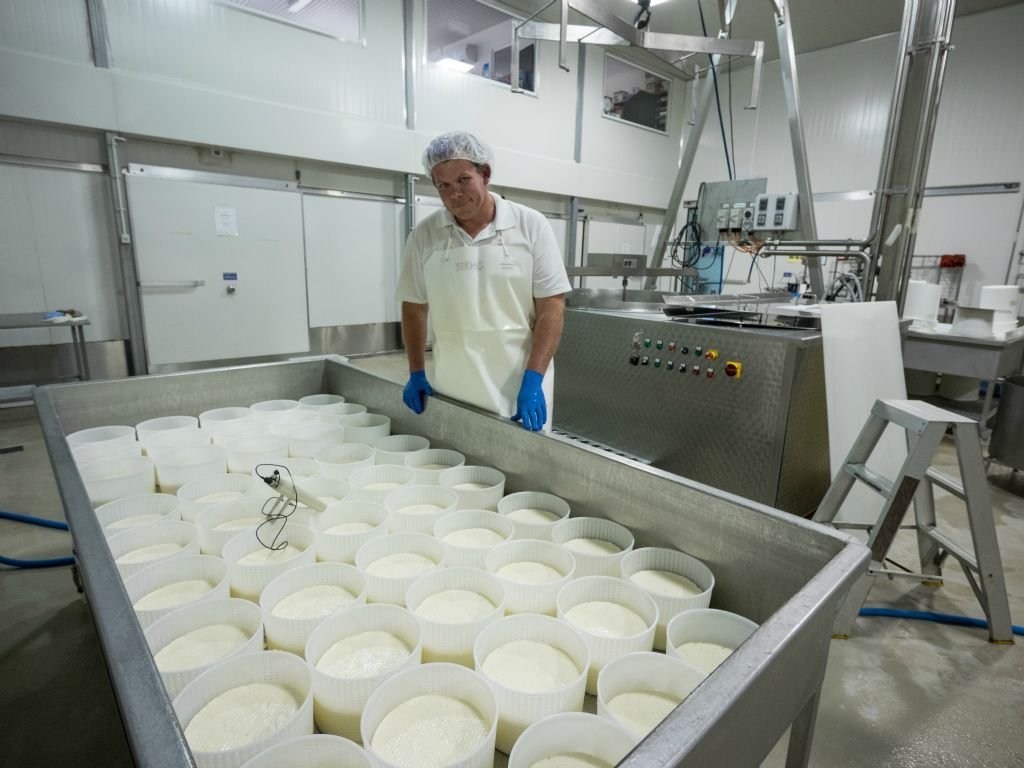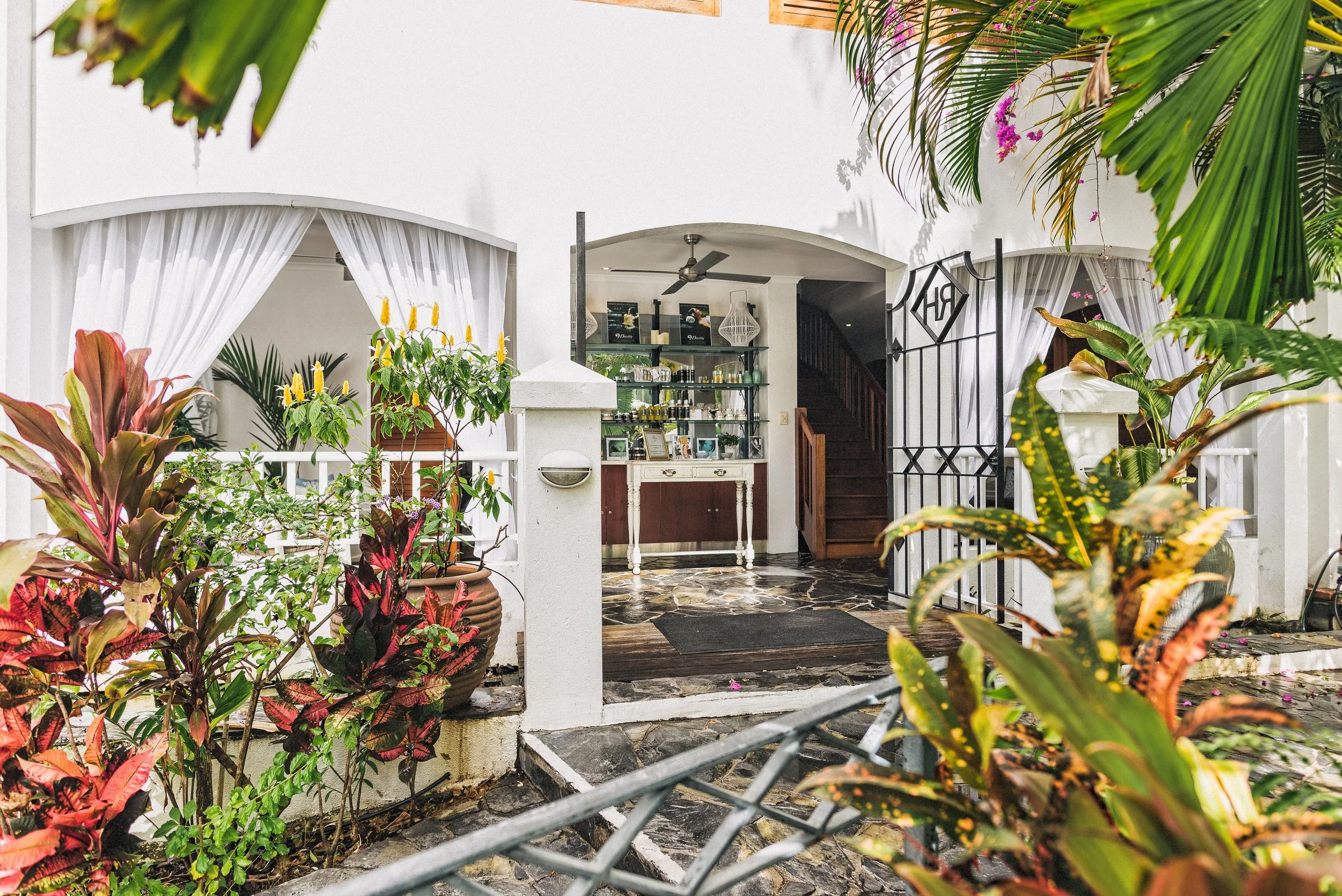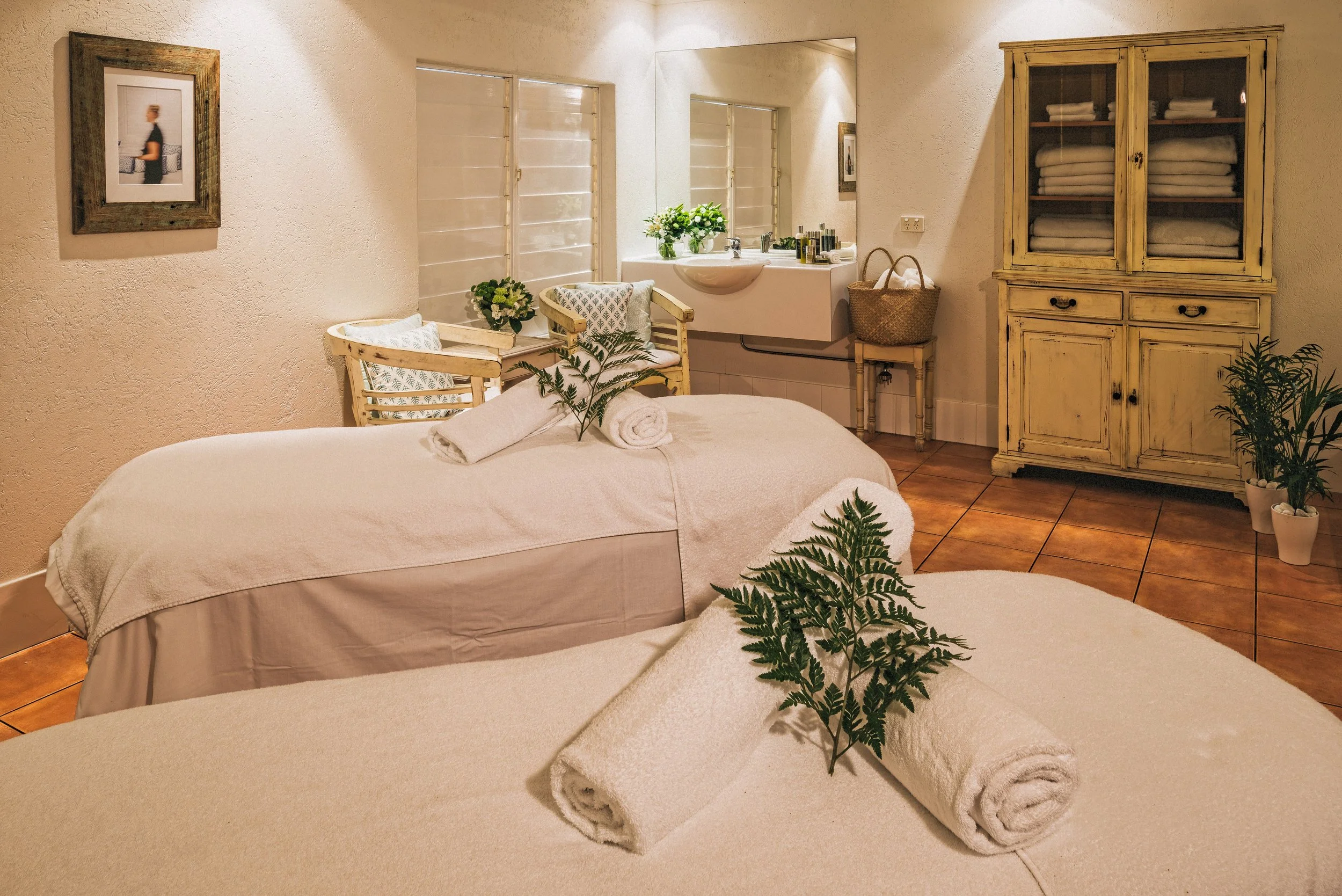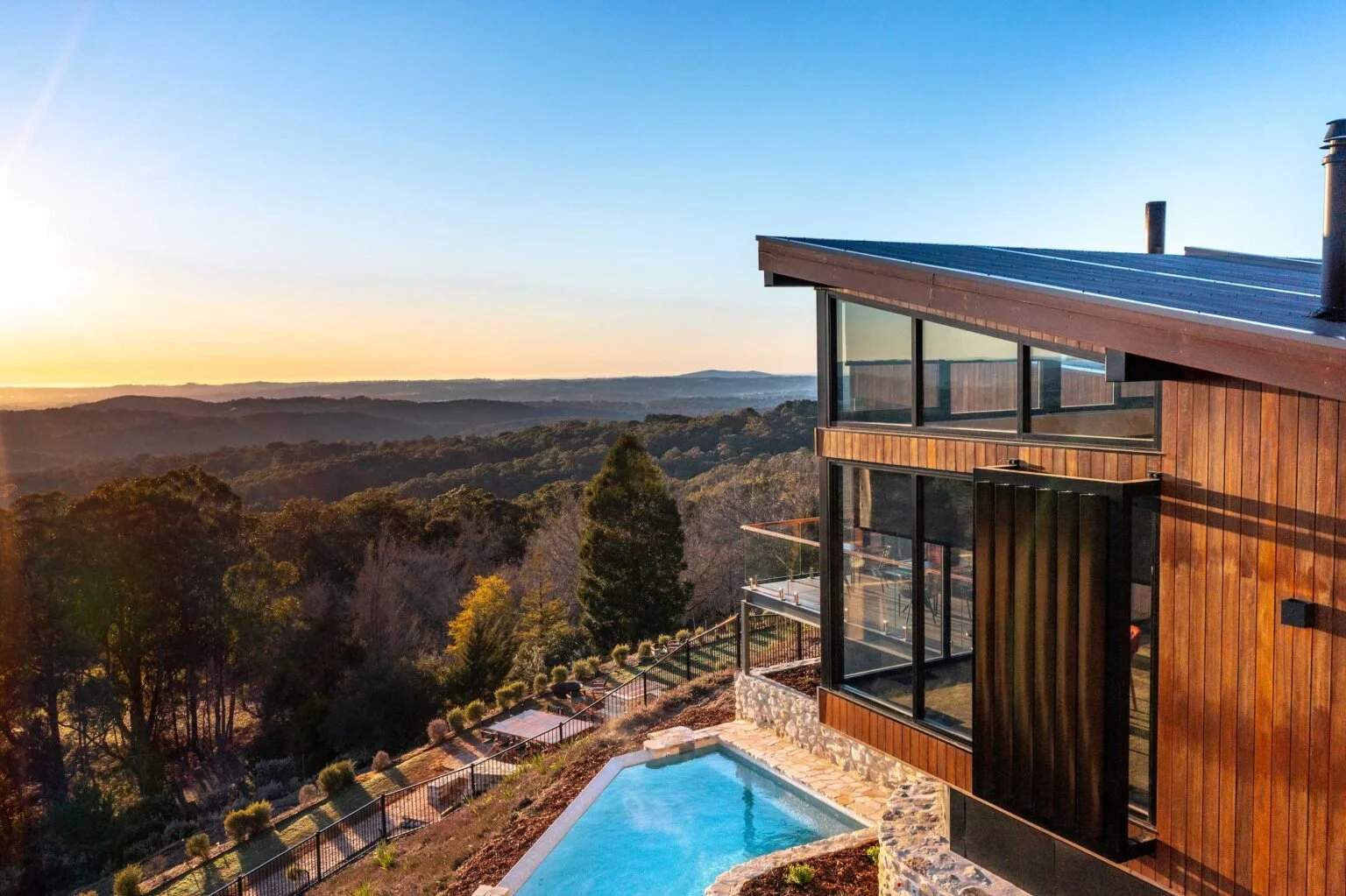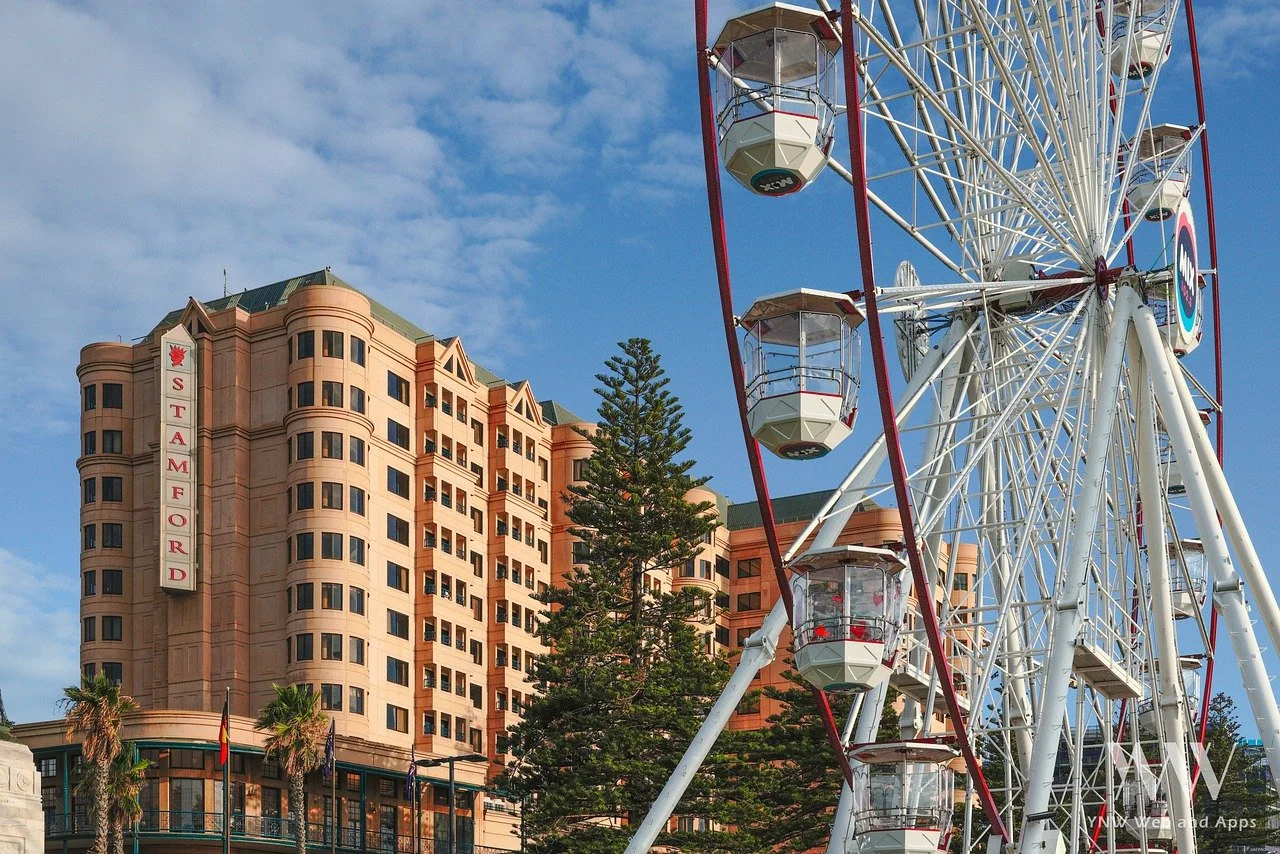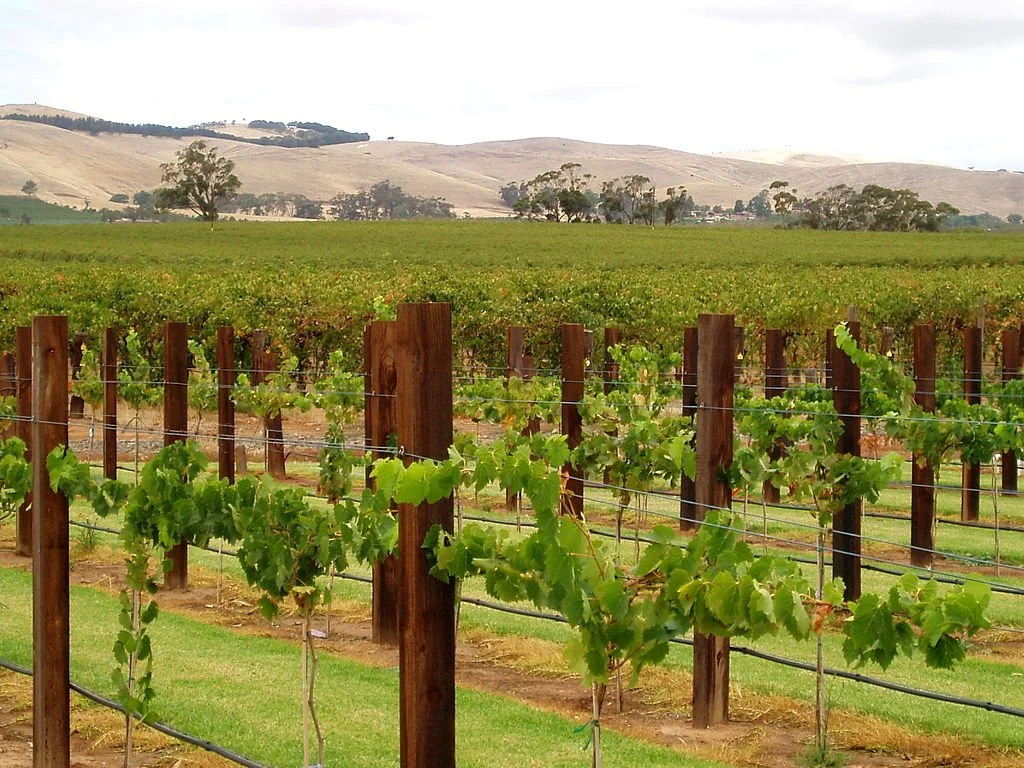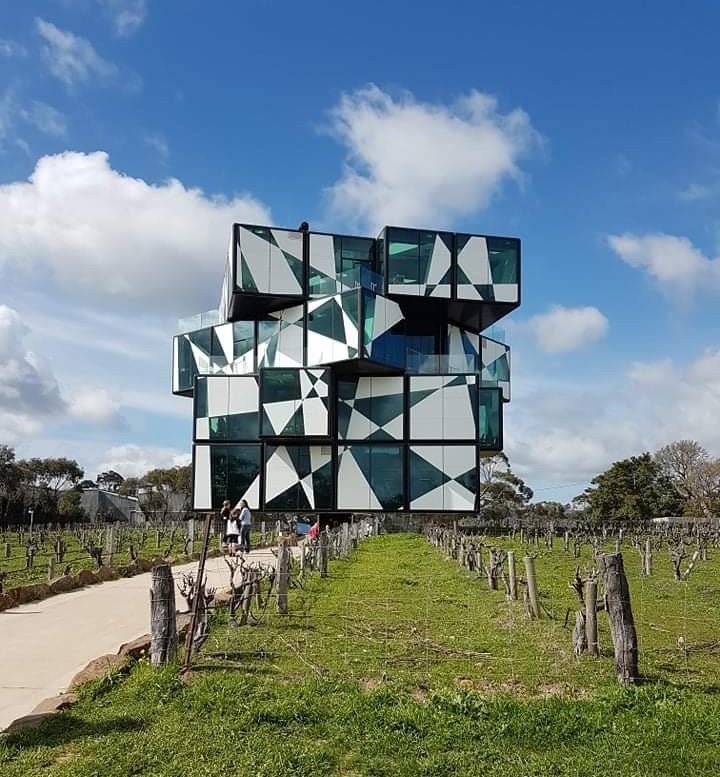From coastal drives like the Grand Pacific and Sapphire Coast to foodie loops through Orange and Mudgee, discover the best road trips in New South Wales — including Snowy Mountains, Waterfall Way, and quirky roadside stops from Sydney to Eden.
New South Wales is one of Australia’s most visited states — and with good reason. Its coastline alone is a stunner, dotted with cliff-hugging walks and surf towns where the locals still say g’day without irony. Head inland and you’ll swap salty air for lush rainforests, towering waterfalls and rugged high country that feels a million miles from the sea.
Whether you’re camping under a riot of stars, shacking up in a retro motel, or living your best van life, NSW delivers. The roads are generally smooth, the phone signal’s surprisingly reliable, and there’s no shortage of campgrounds, cosy cabins or Airbnbs to call it a night.
“From coastal gems to country heartlands (with a few oddball attractions thrown in), here are the best road trips across New South Wales.”
So, buckle up. From coastal gems to country heartlands (with a few oddball attractions thrown in), here are the best road trips across New South Wales.
Into the Country: Road Trips Through NSW’s Outback
Snowy Mountains Drive
If you’re craving crisp alpine air and scenery that swaps gum trees for snow gums (plus the occasional wombat waddling across the road), then make sure you stop on the Great River Road — a stretch that hugs the Upper Murray and is the kind of place where you’ll want to pull over every five minutes just to gawk at the views.
You’ll find plenty of pitstops along the GRR worth your time. Don’t miss a breather (and maybe a slab of hummingbird cake) at Tintaldra Store & Tearooms, a delightfully old-school spot in a blink-and-you’ll-miss-it town that’s been serving travelers and trout fishers since the 1800s. It’s the sort of place where the tea is poured into mismatched china and you’re encouraged to linger.
Push on toward Khancoban, a great base for exploring the western approaches to Kosciuszko National Park. From there, you can lace up your boots for a day hike to see Australia’s highest peak (don’t worry, you won’t need an ice axe — unless you’re doing it in deep winter). Or just throw a line in the Swampy Plains River, famous for trout that practically jump onto your hook.
Of course, it wouldn’t be a Snowies road trip without refueling at one of the hearty mountain pubs. Try Jindabyne Brewing microbrewery for a local lager with cracking lake views, or the Banjo Paterson Inn, where après-ski culture reigns year-round, and schnitzels arrive bigger than your head.
The Foodie Loop: Orange, Mudgee and the Central Tablelands
You could also start your adventure in Orange, a town that’s become something of a pilgrimage for food and wine lovers. Thanks to its elevation, this region is the beating heart of cool-climate wines in NSW — think delicate pinots and crisp chardonnays that sing with the local produce.
On your way toward Mudgee, detour through Millthorpe, a village so pretty it looks like it was built purely for Sunday strolls and Instagram. Pop into Angullong Vineyard’s Cellar Door, housed in an old bluestone stable, or duck into Tamburlaine Organic Wines just outside town. And if you’ve got a thing for slightly bonkers local history, the Golden Memories Millthorpe Museum has everything from antique farming gear to bushranger relics that’ll give you a taste of the region’s wilder days.
And for the folklore fans: This is bushranger country. The infamous Ben Hall once roamed these ranges, robbing stagecoaches and generally causing colonial chaos. Some pubs still claim he drank there (though, fair warning, just about every old pub in NSW will tell you the same).
New England High Country
Armidale is the beating heart of the region. It’s a university town, so there’s always a bit of a buzz. Grand churches like St. Mary and Joseph Catholic Cathedral loom over streets lined with bluestone and elm trees. Pop inside and you’ll see intricate stained glass that feels more European than Outback. From Armidale, take the Waterfall Way, arguably one of the prettiest drives in NSW. The name isn’t just poetic license; you’ll pass so many thundering cascades you’ll lose count.
If your timing’s right, swing by Glen Innes, which goes full Highland fling for the Australian Celtic Festival each May. Think bagpipes echoing across the town, tartan markets, and even the odd nod to ancient traditions like Imbolc — though these days it’s more about whisky tastings and hearty stews. The Australian Standing Stones, perched on a hill just outside town, are a granite tribute to Celtic heritage that feels delightfully out of place in the Aussie bush.
And if you just want to kick back with a local drop, make a pitstop at Merilba Estate near Uralla, where cool-climate riesling and pinot noir pair beautifully with sweeping views over grazing country. Uralla itself has a frontier vibe, with bushranger Captain Thunderbolt’s grave right in town. Grab a pie at the Alternate Root café and swap ghost stories with whoever’s behind the counter (everyone seems to have one).
Coastal Cruising: NSW’s Most Stunning Drives by the Sea
The Legendary Pacific Coast Drive (Sydney to Byron Bay)
If you want to get up close and personal with Australia’s surf scene, this is the road trip that’ll have you grinning like a sandy, sunburnt idiot. Start by hugging the shore through the Central Coast, then head on to Newcastle, a former steel city now reborn as a hip little hub of craft breweries, street art and rooftop bars.
Next up, Port Stephens is all about dolphins. Join a tour from Nelson Bay and watch pods arc through the water right alongside your boat, or just park yourself on the beach and keep your eyes peeled.
A bit farther up, Crescent Head is where the vibe turns properly laidback. Tiny, friendly and obsessed with its famous right-hand point break, this town is a pilgrimage for longboarders chasing that endless ride. Even if you’re not keen to paddle out, grab a coffee at Barnetts Bakery, plonk yourself on the headland, and watch the locals carve it up.
Grand Pacific Drive (Sydney to Kiama and Beyond)
If you’re looking for a day trip that offers great views without taking an entire day of driving, look no further. This ride from Sydney, down through the Illawarra and on to Kiama, is a winner. The Grand Pacific Drive has some of the most cinematic views possible (hello, flying over the ocean on the famous Sea Cliff Bridge, where you feel like you’re driving right into the ocean).
You’ve got old mining towns, like Coalcliff and Helensburgh, that are still proudly rugged and industrial-looking. But find the right locals and you’ll be in for yarns about miners’ strikes and secret union meetings, and hear about the pit ponies that used to haul coal from the bowels of the hills.
Shipwrecks and lost sailors — another tale as old as time. There have been many victims along the Illawarra coast over the years, and according to legend, you can still see the remains of the jagged metal in the shallow water off Bass Point, a testament to the power of this sea when the southerlies are howling.
On to Kiama, where you can check out the famous blowhole, booming water into the air whenever there’s a decent swell. The best part? Hang around until the oblivious tourists have all crowded to the fence taking selfies, and watch them jump and scream as they get soaked by an unexpected blast. Classic Kiama. Good fun and completely guilt-free.
Sapphire Coast (Batemans Bay to Eden)
This stretch of coast is where NSW loosens its tie and kicks off its shoes. Known as the Sapphire Coast for reasons that become blindingly obvious the moment you see the water, this drive is all about slowing down and letting the locals steer you toward the good stuff.
I’d kick this one off in Batemans Bay, where oyster leases ripple across the Clyde River and you can sample the freshest shuck of your life at the Oyster Shed on Wray Street. It’s practically a rite of passage around here. If you’ve never slurped down a still-quivering Sydney rock oyster while standing on a sun-warmed jetty, are you even road-tripping?
Of course, this coast is whale-watching central, especially from late winter to spring, when humpbacks migrate. Eden is your best bet: Once a bustling whaling town (there’s some dark history here), it’s now home to the Eden Killer Whale Museum, a delightfully old-school institution that tells tales of Old Tom, a killer whale who allegedly used to help local whalers hunt — a weird, very Australian piece of folklore if ever there was one.
And if you like your roadside attractions delightfully odd, don’t miss the giant mermaid sculptures in Merimbula. Locals are so used to them they barely blink, but newcomers often do a double-take.
Quirky Roadside Stops and Offbeat Detours in NSW
No true Aussie road trip is complete without pulling over for something wonderfully weird. This is a country that loves a “big thing” — a playful national habit of building enormous versions of everyday objects and proudly sticking them on the tourist map.
On your New South Wales travels you’ll spot plenty of these giants. Snap a selfie under the Big Banana in Coffs Harbour, the original oversized icon that’s been delighting kids (and slightly confusing international visitors) since 1964. Farther inland, the concrete Big Merino in Goulburn stands tall and stoic, like a woolly monarch watching over passing caravans. Swing by for a photo, then pop inside (yes, inside the sheep) to learn a little about the region’s wool industry.
But it’s not just about the big and bizarre. In Gundagai, there’s a whole museum dedicated to the , a legend immortalising bush perseverance (and a statue that gets more than its fair share of questionable Instagram poses).
Road Trip Tips for NSW
When it comes to road tripping around NSW, timing is everything. Spring and autumn hit the sweet spot across most routes, while winter is made for cosy pubs and snow-dusted hikes in the high country. Summer? That’s your cue to chase sea breezes and shady beer gardens. Just remember: NSW is bigger than it looks on a map; drives can be long and winding, so keep an eye on your fuel gauge, cue up a few extra playlists, and embrace the joy of random bakery stops.
And wherever you roam, respect the land you’re crossing. Many of these roads weave through Indigenous country, so stick to marked tracks, steer clear of sacred sites, and leave no trace behind. It’s the simplest way to ensure the next traveler (and the local wildlife) gets to enjoy it just as much as you did. –Ellen Mahoney

